|
Chile is a special place: delicious food, the kindest of people, a big-little city (Santiago), and hugely varied terrain of The Andes Mountains. In fact, it’s one of our favorite countries to visit -- we raced the EWS in Chile and Argentina back in 2016, and got married in between rounds near Bariloche, Argentina. So…. what do you do when you’re a full-time foodie in Santiago, Chile for the Andes Pacifico Enduro Race and only have a day and a half to see the city? You find all the must-visit dive bars, and hole-in-the wall eateries and do them all! Meet the Hardins and join them as they take you on a whirlwind tour of Santiago and surrounding trails in “On the Road with the Hardins”. Santiago, the capital of Chile, sits in a valley surrounded by the Andes Mountains. Home to over seven million people, it is a place of vibrant street art, pisco and chilean cuisine. While currently in a state of civil unrest, in our experience, the capital was actually quite safe to visit. Downtown Santiago is bustling -- horns honking, skyscrapers as far as the eye can see, yet it feels small as you walk around amidst the hustle. People are kind and curious, always warm and welcoming. Our first impression of the city: friendly. From the “city center”, it was about 4 km in any direction to a must-see - not bad. We were able to navigate the city quickly on “Lime” Scooters at a reasonable price -- most of the time they were faster than taxis due to traffic! To cruise, download the Lime app, find your nearest scooter and zoom! Our first recommended stop is “Chipe Libre,” the Independent Republic of Pisco. Known for their Pisco tasting flights, and small snacks, it’s a great place to shake off the jetlag, taste some pisco and see a bit of the city. First things first, however, Pisco! The origins of pisco took place in colonial times in the XVII century as wine producers were struggling to produce wine for the city of Potosi. The Atacama Desert proved such an obstacle that the wine was not getting to Potosi in a drinkable state, so producers started to distill the wine and import it through a port in Southern Peru named “Pisco”. This distilled wine eventually became known as “Pisco” -- Peruvians claim it is due to the name of the port and area, while Chileans believe it is the generic name of the spirit and should be used by each country to define the spirit. To this day, the argument remains, as does Chilean Pisco and Peruvian Pisco. Unique to the spirit, regulations state that Peruvian pisco can be made with a range of eight grapes, must be distilled only once to proof after resting for at least three months, and cannot be aged in wood. Chilean Pisco, on the other hand, can be made from a range of 14 grapes, and may be distilled multiple times to proof, as well as aged in wood. These small differences in production lend to significant differences in flavor and notes -- try one of each and let your bartender be your guide. At Chipe Libre, we highly recommend the “Chi (from the South) Flight”, featuring Diaguitas Reservado Transparente 40, Brujas de Salamanca Reservado 40, and Mistral Nobel Piscos -- the Brujas was our favorite; super smooth, with notes of caramel. Looking for a proper cocktail? Try one of the many flavored Pisco Sours (Pisco + Egg white) -- the basil is super refreshing! Upon leaving Chipe Libre, take a left and wander the streets -- you might find a corner street symphony of violins and cello, or a crew of dancers amidst street vendors selling everything from copper earrings to paintings, and a wide variety of marijuana-based treats. Be sure to look up, as many buildings in this “Zona Cerro” area are used as canvases by local artists, and feature not only designs and imagery, but graffitti protesting the high costs of healthcare, poor funding of education and general inequality in Chile. Pay close attention, as the people of Santiago share their voice and spread the message of what’s really happening within the city through their brightly colored stickers, flyers, and graffiti. On the corner of Merced and Jose Victorino Lastarria, enter the classy Singular Hotel and go upstairs to The Rooftop Bar for a small bite. From here, you can get a pretty good view of San Cristobal, the second highest point in the city, marked by Statue Cristobal. If you have the time, it’s worth a visit via Funicular to the park. But first things first, while you’re at The Rooftop Bar, order the “Carpaccio de Pulpo, limon y cilantro”, translated as Octopus Carpaccio with lemon and coriander and the "Empanada de Centolla" translated as the King Crab Empanada-- you will not be disappointed: Creamy, buttery octopus garnished with edible flowers, and small colorful beads of flavor bursting sauces. Buttery, rich pockets of cheesy crab -- while not a traditional chilean empanada of beef, raisins and olives, it was one of our favorites of the trip. From the Singular, wander about 20 minutes West to “Mercado Central” and get a true taste of Chile. While a bit touristy and a bit crowded, Mercado Central is home to a variety of markets, and most commonly known for its many seafood vendors and restaurants. Similar to Pike’s Place Market in Seattle, Washington (USA), you can wander the aisles of freshly caught fish or take a seat at one of the many restaurants inside for a bite of seafood. On the SW corner on the outside of the market, find “Emporio Zunino”. Founded in 1930, it takes the claim as Chile’s oldest empanaderias, and is where all the locals go for an empanada. Pay at the booth inside, give your ticket to one of the cooks behind the counter and place your order -- Fresh out of the oven comes a light and airy pastry in the form of a Traditional Pino (beef, egg and olive), Cheese or Pizza Empanada -- the empanadas here are the most traditional of all we tasted (and we tasted, at least one per restaurant!). Across the square, wander to La Piojera, the Mercado’s dive-bar, to try Chile’s national drink, “El Terremoto”, which translates to “Earthquake” -- if you drink too much, it’s as though the ground is shaking, and you’re in an earthquake! In an almost continuous motion, watch bartenders scoop pineapple sorbet into a cup and follow it up with Pipeno, a sugary white wine, and either Fernet or Grenadine syrup. Deceptively sweet, the Terremoto is a perfect way to wash down that empanada. Stay and watch the scene -- bartenders are friendly, and the place is by no means a dive-bar. It’s colorful walls are covered in fun posters and signatures, and if you’re lucky you might catch some traditional accordion music. At this point, it’s highly likely you’ll be in a food coma -- jump in a cab and head to Las Condes to Centro Artesanias los Dominicos, a collection of artisans showcasing their talents. A bit out of the way, but well worth it for some culture and souvenir grabs. Most common is anything copper (think pans, earrings, rings, plates) as Chile is the largest prophyr copper exporter in the world. Also common: pottery, wood carvings, alpaca blankets and clothing, as well as various other fiberworks, and “Crin”: the art of recycling horse hair and dying it with natural plant fibers. These fibers may then be woven into jewelry such as bracelets or necklaces, or be used alongside metals of the region. Centro Artesanias los Dominicos is a great place to find that little Chilean remembrance -- note most artisan stalls are closed on Mondays. In addition, if you’re in Santiago on a Sunday, law states that workers must have at least two Sundays off a month, so many restaurants, etc… are closed Once you’ve gotten your favorite people a goodie, hop a Lime scooter to dinner at Margo on Isidora Goyenechea in Las Condes. I’ll let the photos do the talking, but do be sure to order the “Plateada” with Sweetcorn Puree, a traditional chilean dish, as well as the “Prawns with creamed Mote” and “Octopus with Chimichurri on Pea puree”. Now that you’ve eaten your way through Santiago, you’re probably ready to get some wheels on the ground. Santiago proper has 3-4 areas very close to town that are safe and easily accessible -- simply open up Trailforks and pedal your heart out. However, if like us, you’re looking for a proper adventure vacation, consider registering for the Andes Pacifico, a 5 day blind enduro bike race from the Andes Mountains to the Pacific Ocean. Imagine you and your friends relaxing creekside, beer in hand, belly full of humidas (a delicious corn-like tamale treat), waiting for a gourmet dinner, while your bike gets a full tune-up by SRAM mechanics. After a dinner of Argentinian steak and quinoa salad, you saunted back to your tent for a full night’s rest before you wake up and shred a full day of Chilean anti-grip. Who wouldn’t want to partake? At Andes Pacifico, you are fully catered to: food is cooked by proper chefs, creekside beers and snacks are waiting post-race for your indulgence, massage therapists are available to tune up your race legs or offer some extra vacation relaxation. Your tent accomodation and gear are moved from camp to camp for you as locations change. Bike mechanics are on-hand and available for your bike-fixing needs -- there’s even a tech riding the trail alongside racers for any on-trail mishaps... All the while, you’re on trail having the experience of a lifetime, racing stages that start as high as 11,700ft at the Argentinian border, while condors circle overhead and juicy watermelon and empanadas wait at the finish line. Every single person racing or at all associated with the event is awesome -- everyone is there to have a good time, and you can choose to race to win, or race for fun! The event is full of good energy and genuinely wonderful people from all over the world. For this year’s event, organizers took the race farther North than it ever had been, meaning every day we saw different terrain than the day prior. Everything from high alpine moonscape, to steep and sandy, to loose and rocky to riverbed tech and what seemed like “live” fresh cut trail through fields of thorny bushes. The anti-grip was constant, however, as braking distances at race pace were about four times normal and most stages required a high level of focus to avoid riding with too much front brake and ending up in the thorns. The anti-grip in Chile is no joke, and made for a wild five days of racing! My favorite and most memorable stage was the last stage on Day 3, which took us down a track that was part sand, part loose babyheads, and full of big moto-ruts at that oh so perfect angle of descent. This ended up being a stage that was tossed at the end of the day for technical problems, but was one of my favorites, setting that perfect drift into moto-corners and just holding on. Mind the cactus and other pointy things, of course. The stage ended at a feed station of pizza empanadas, watermelon and other fresh fruit -- doesn’t get much better than that. As for memorable moments, I’d say getting to see so many of our traveling circus friends, as well as meet so many wonderful new people: Australians, Colombians, Czechs -- these people are friends for life now. For Nick, this was his first race since ACL-surgery a little over a year ago. He chose to race Master’s in order to give himself the opportunity to return to racing with a little less internal pressure, and to allow himself the time to get back into the swing of things -- worked out pretty well as his knee felt 110%, and he won his category. YEW! We’re already planning out our next Trans event! Where to next? See you on the trails, Kim & Nick Hardin Big thanks to EVIL, Chris King Precision Components, Race Face, Dakine, SMITH, PUSH, Dumond Tech, KickStand Coffee & Kitchen for supporting us in our adventures! Pro Tip: If you decide to make the trip, be sure to double check your baggage as it is being tagged for Santiago (SCL). It is not uncommon that it will accidentally be tagged for SLC, and your bikes won’t show up for a few days. If that happens to you, visit the street market near Chupe Libre for a sock purchase.
2 Comments
|
AuthorsProfessional Athletes. Archives
August 2023
Categories |
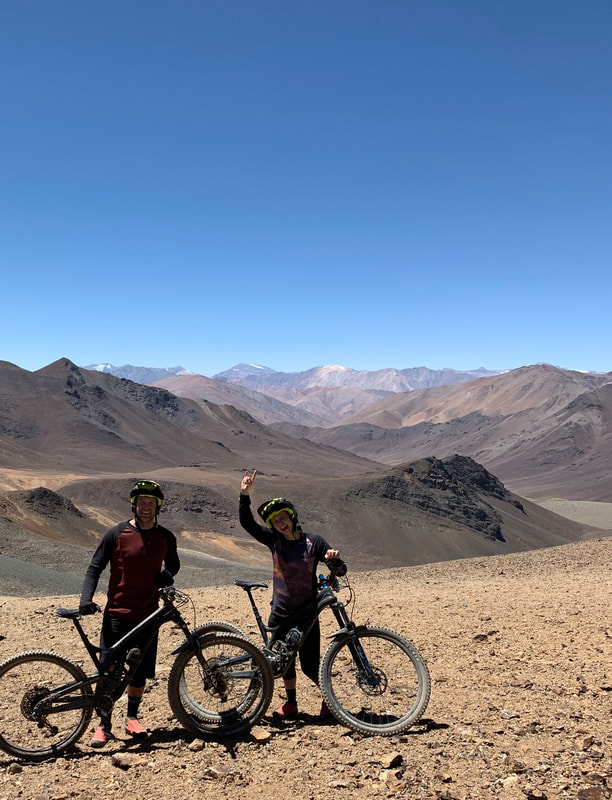
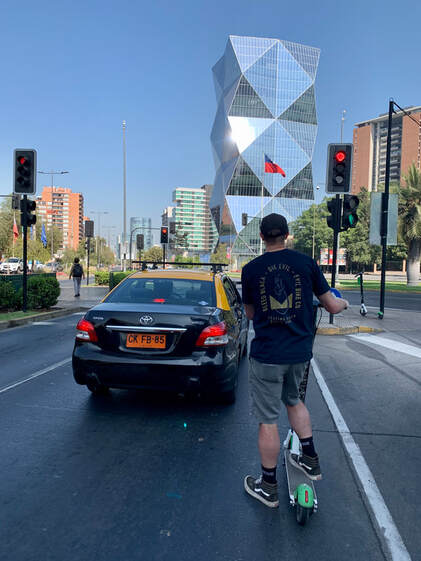
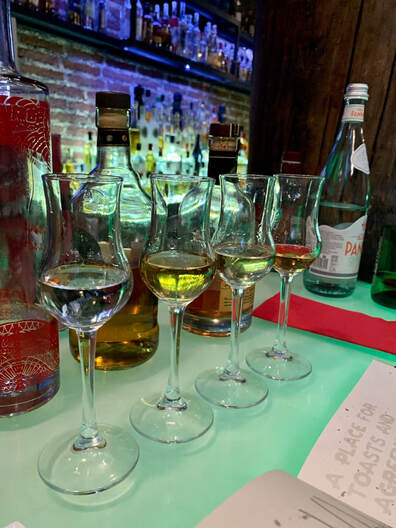
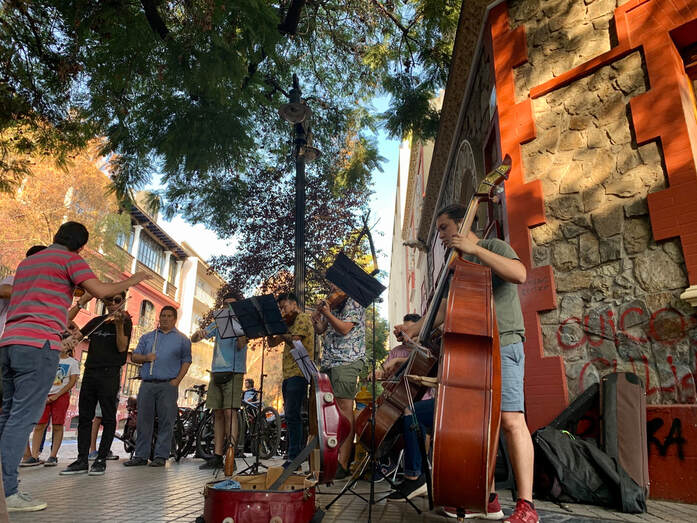
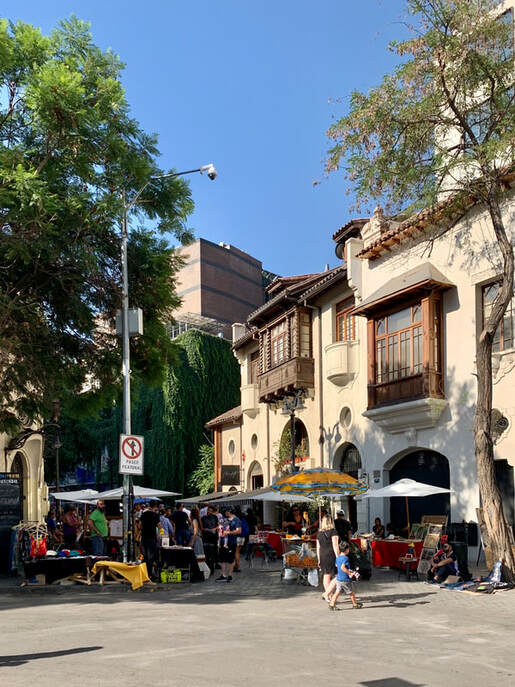
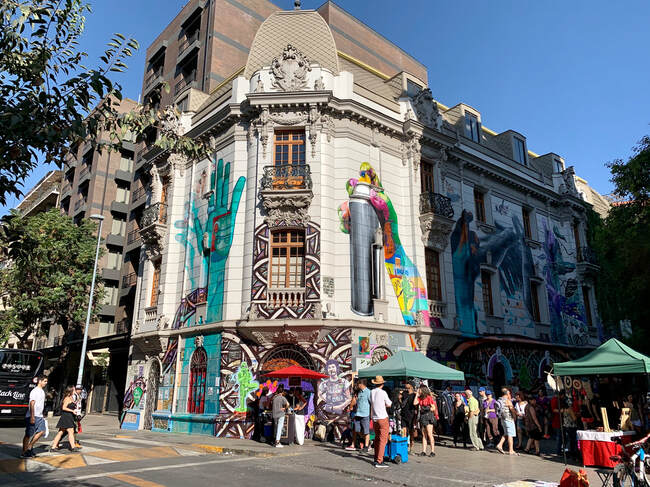
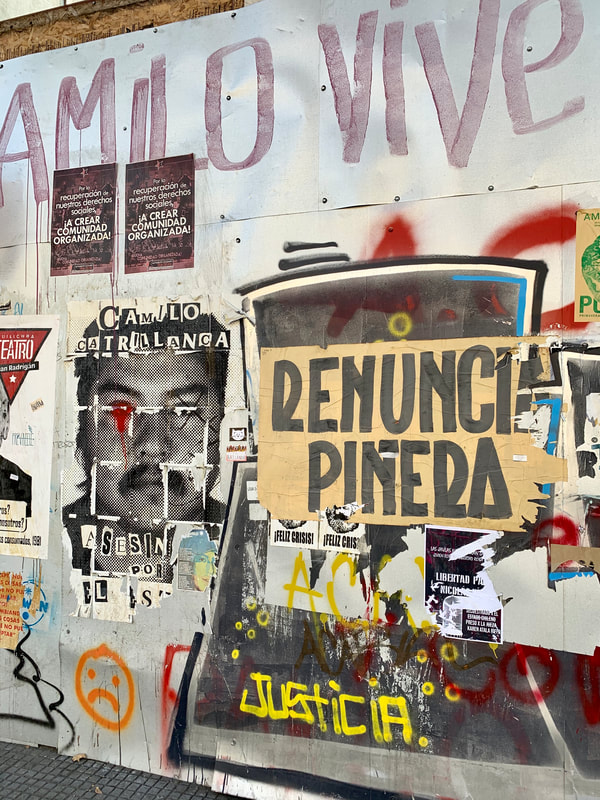
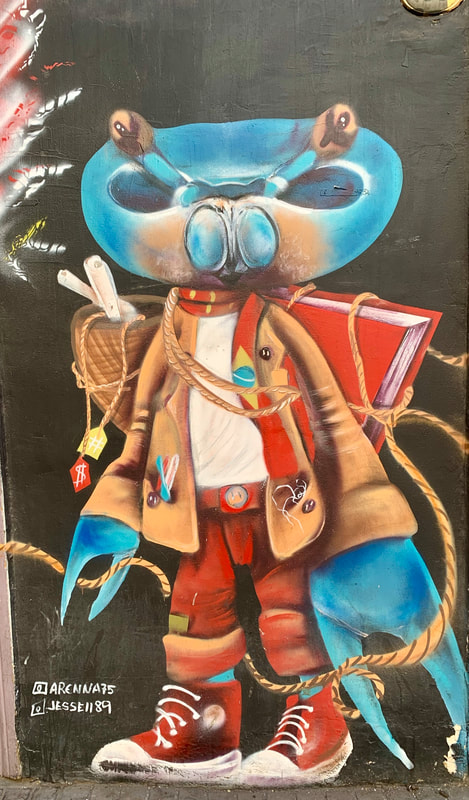
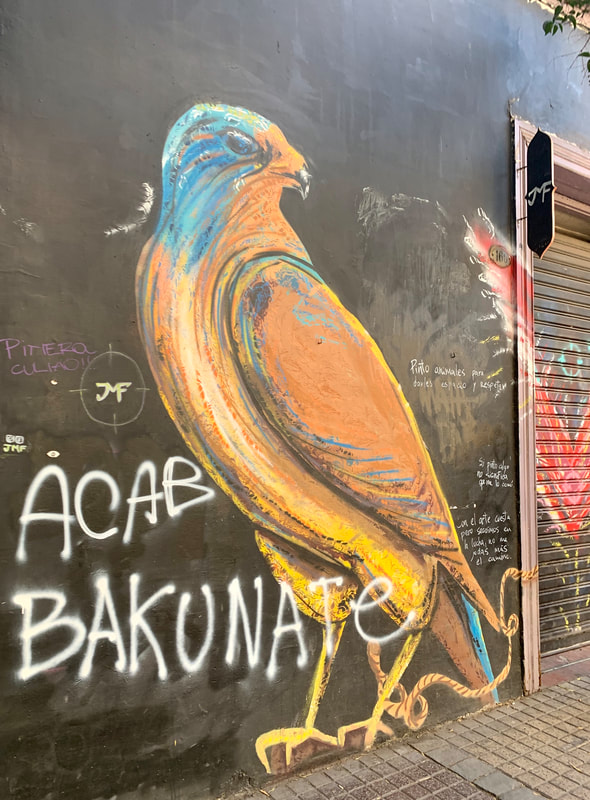
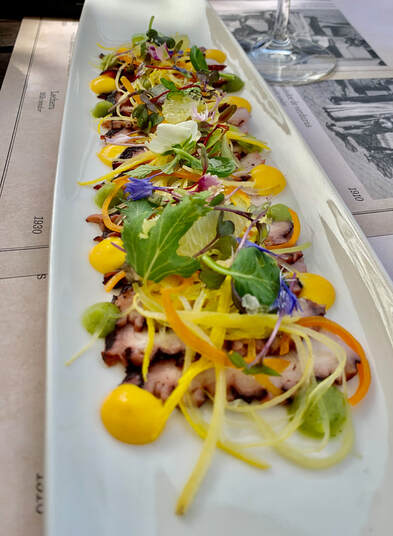
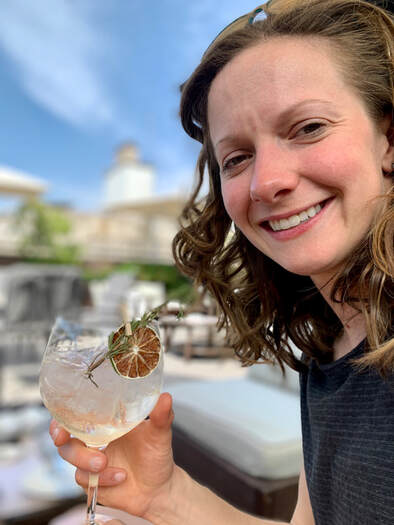
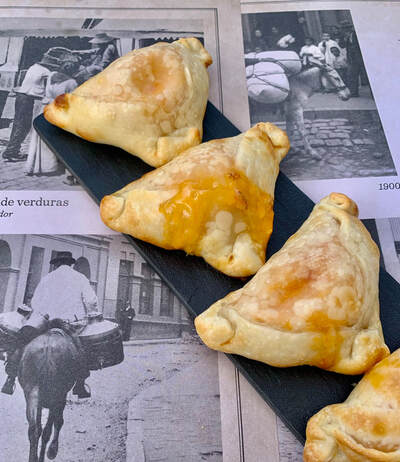
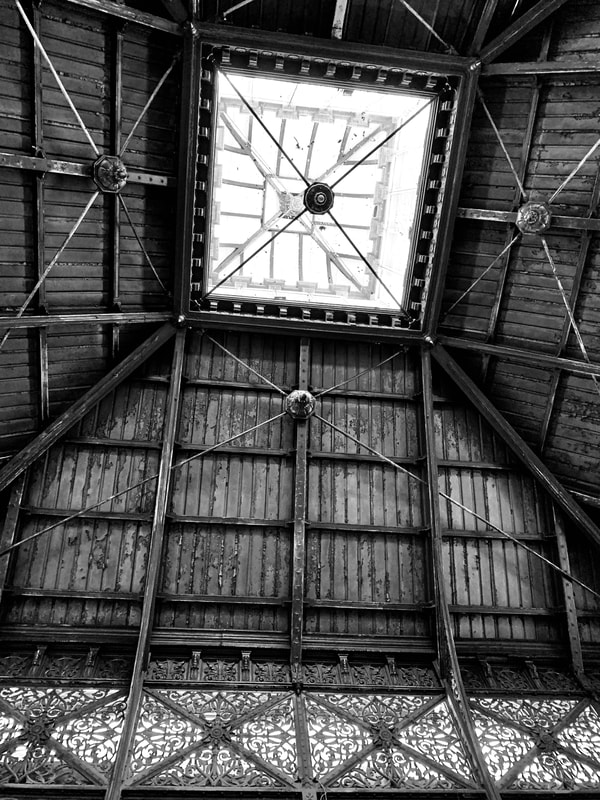
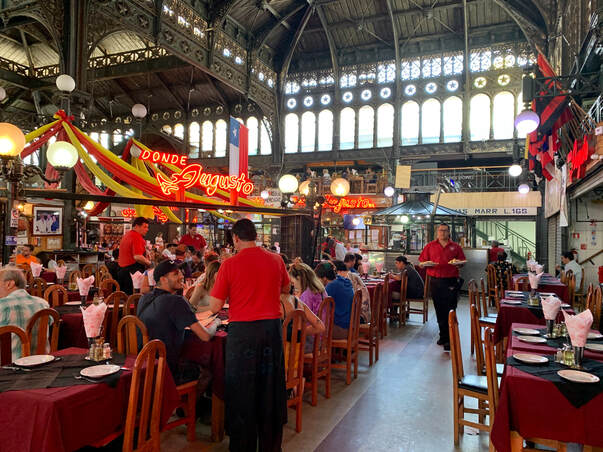
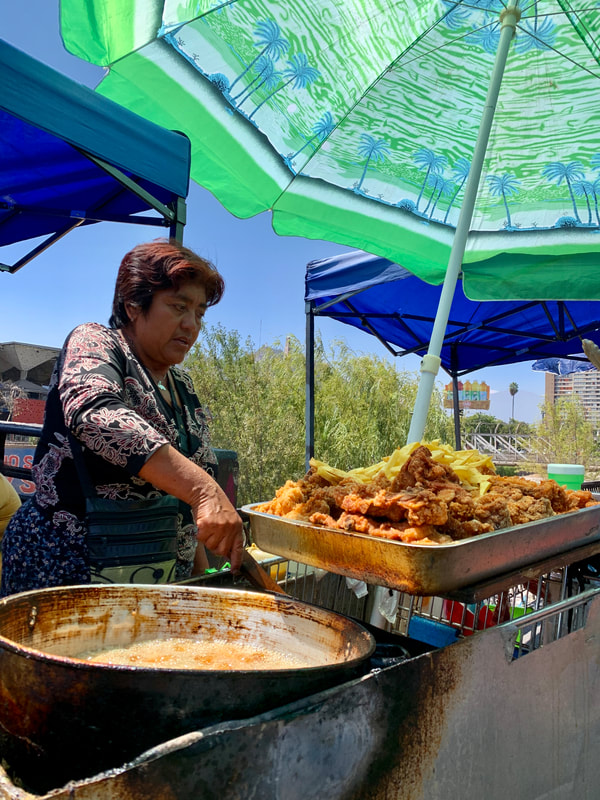
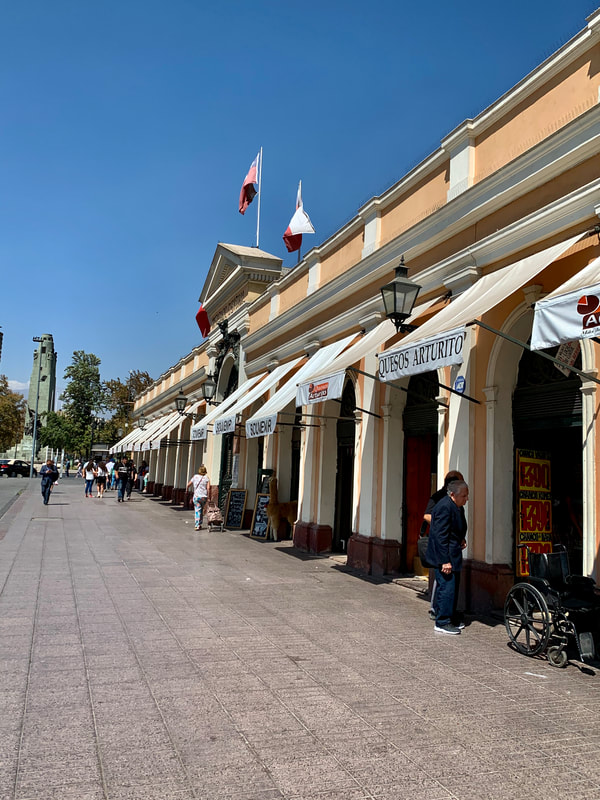
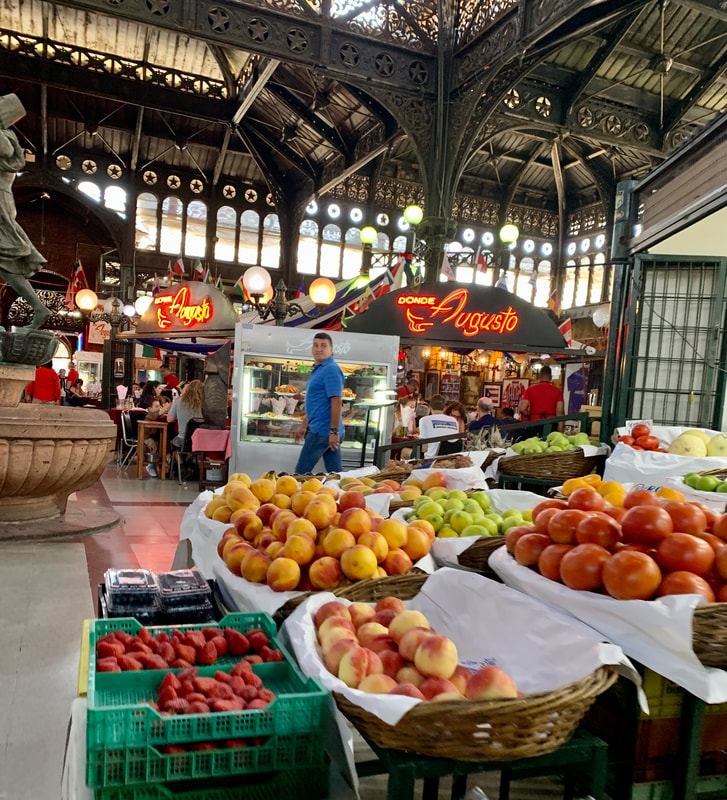
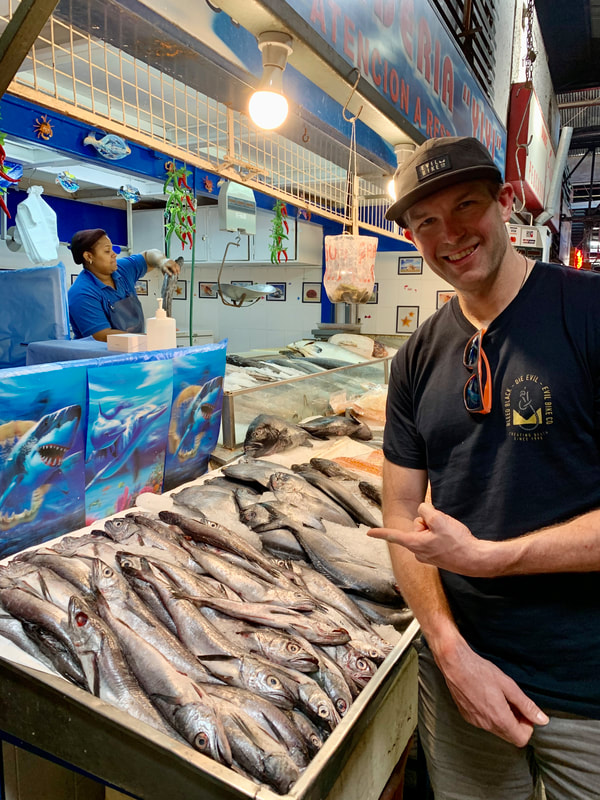
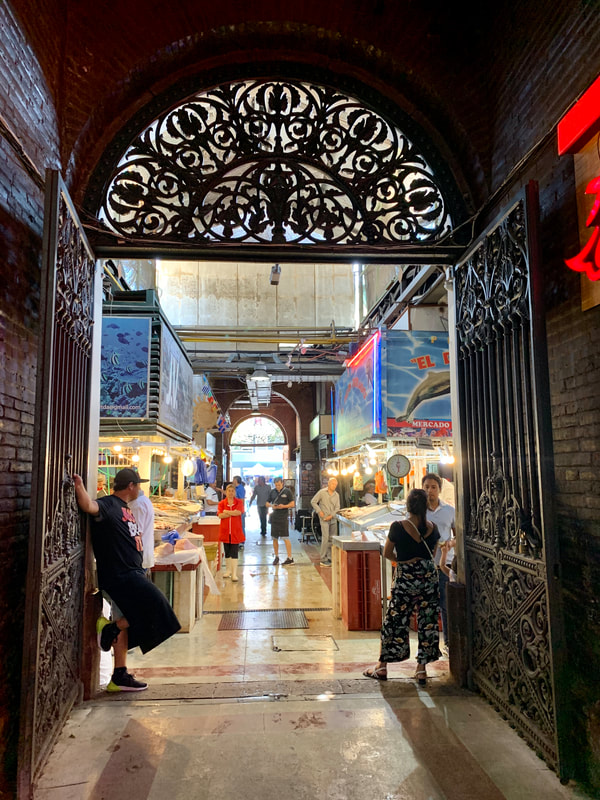
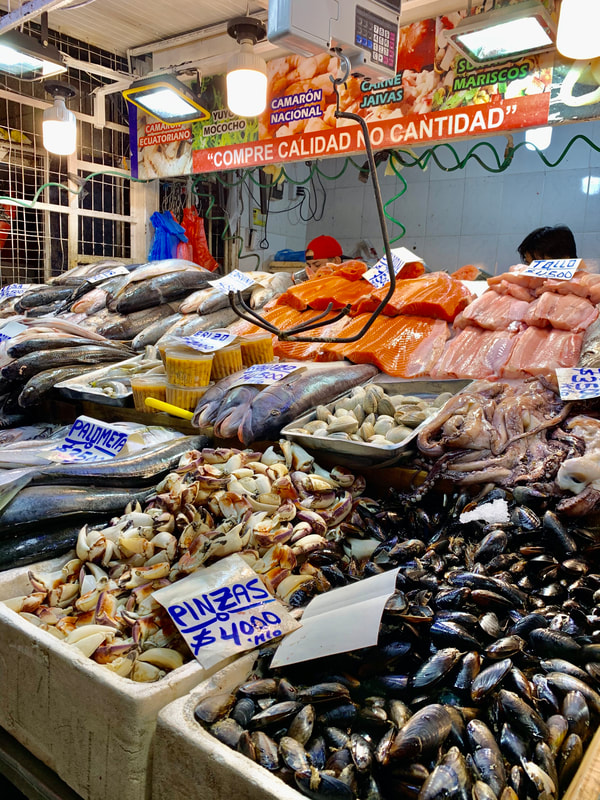
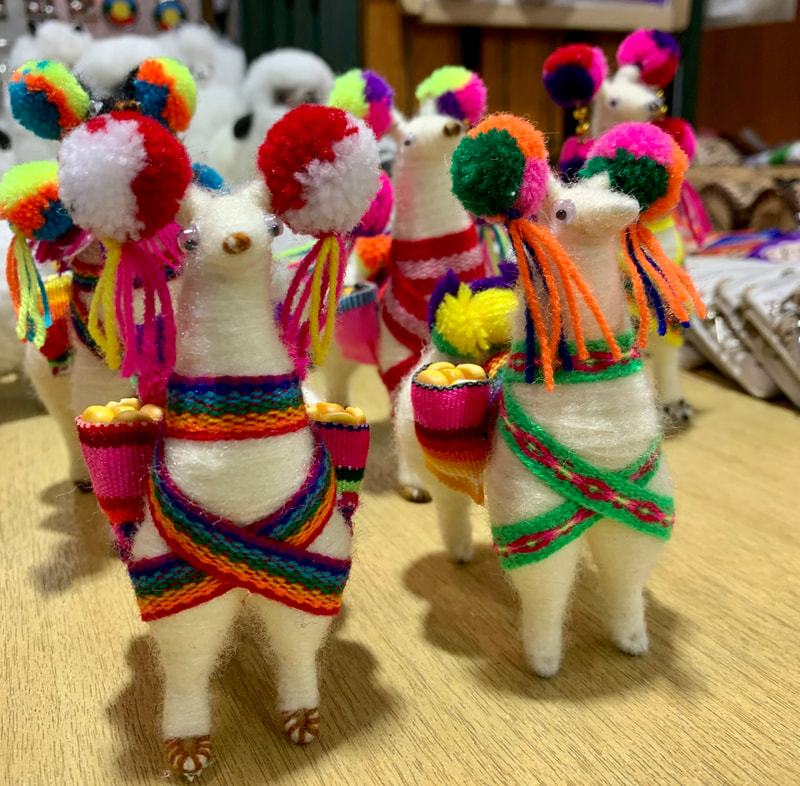
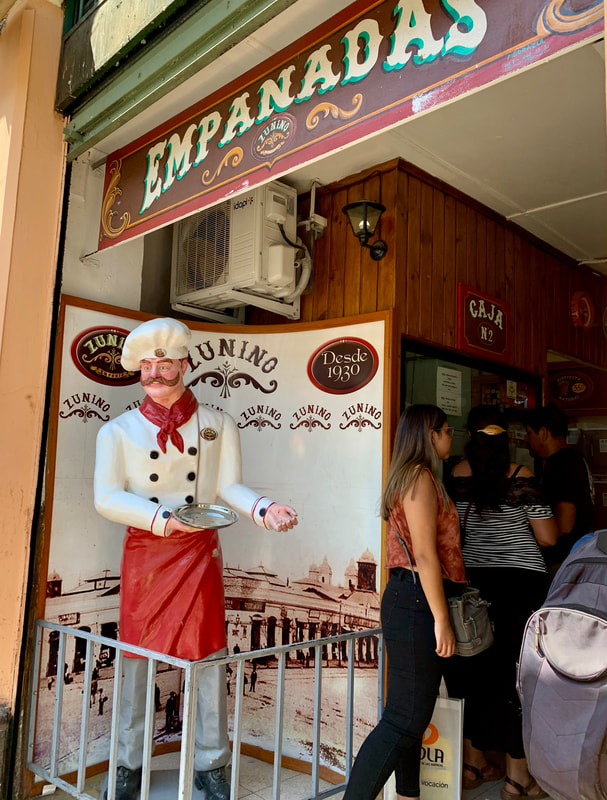
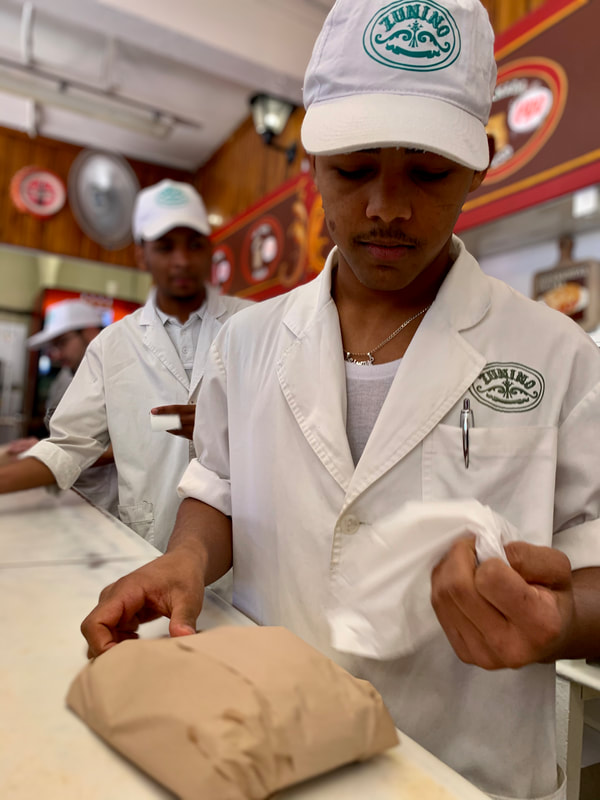
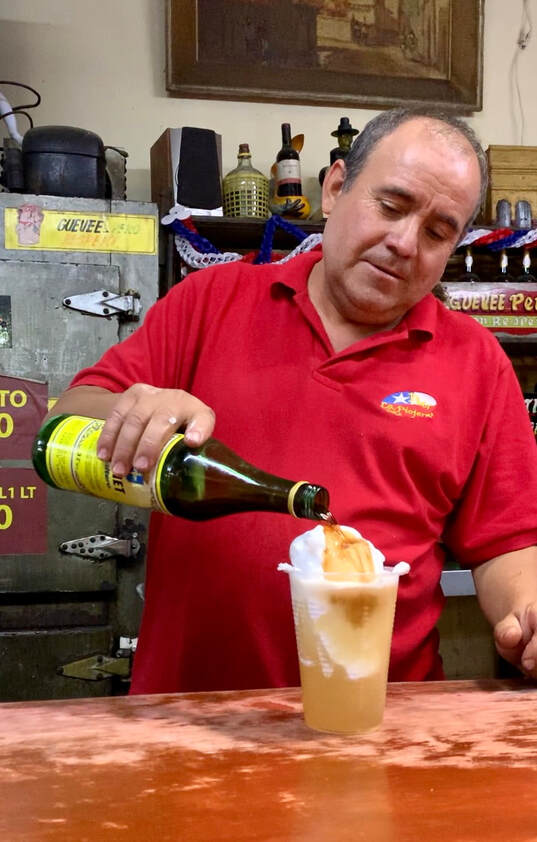
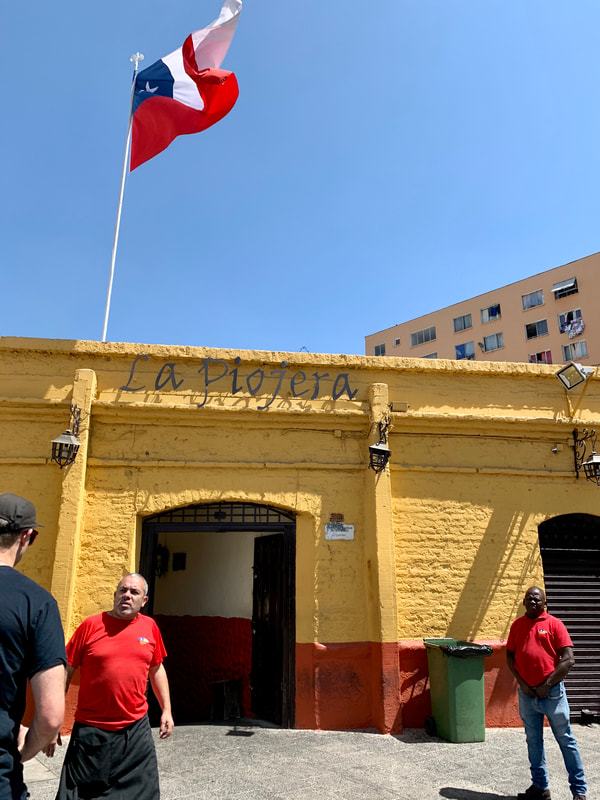
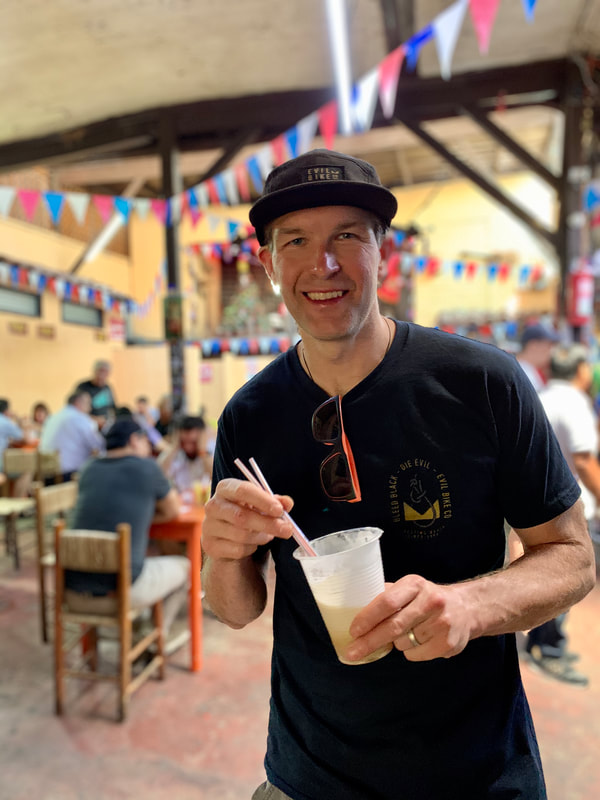
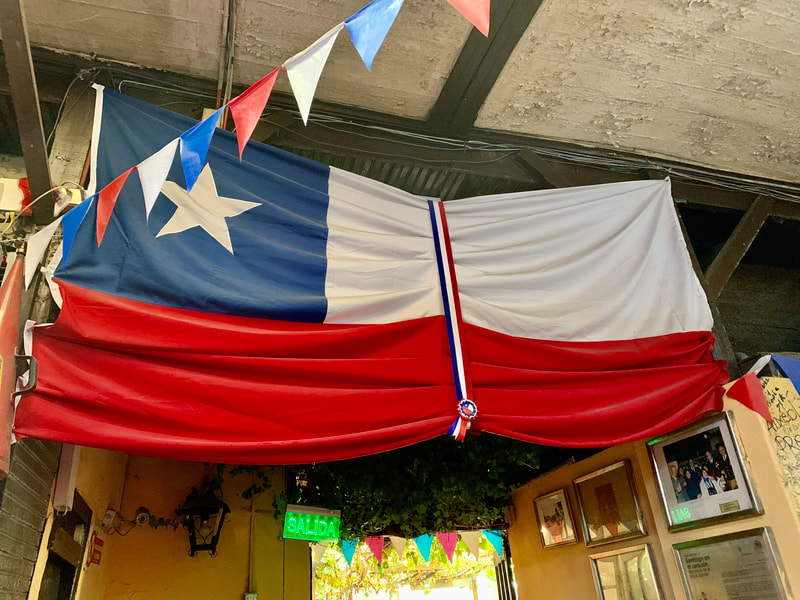
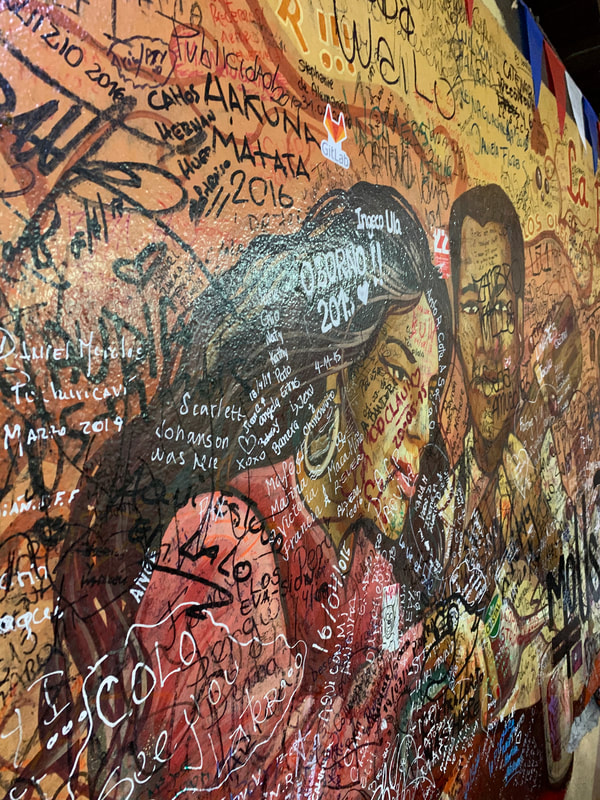
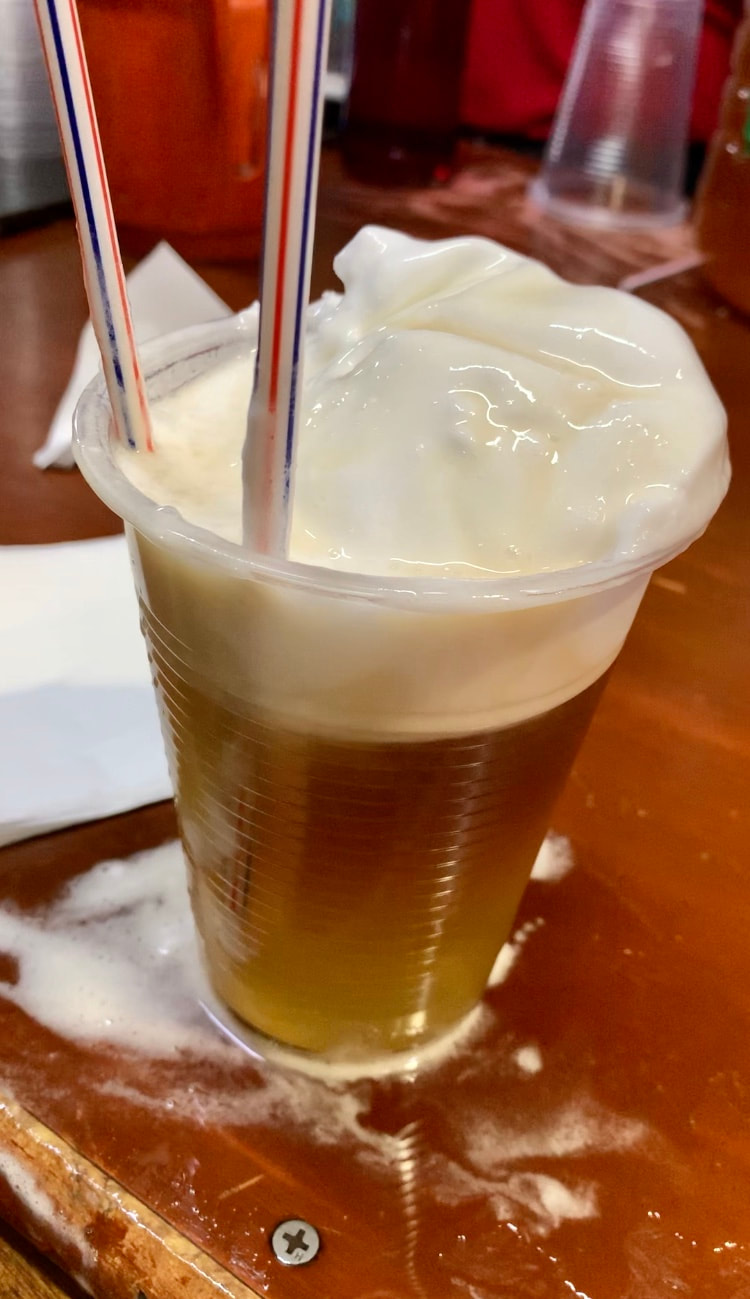
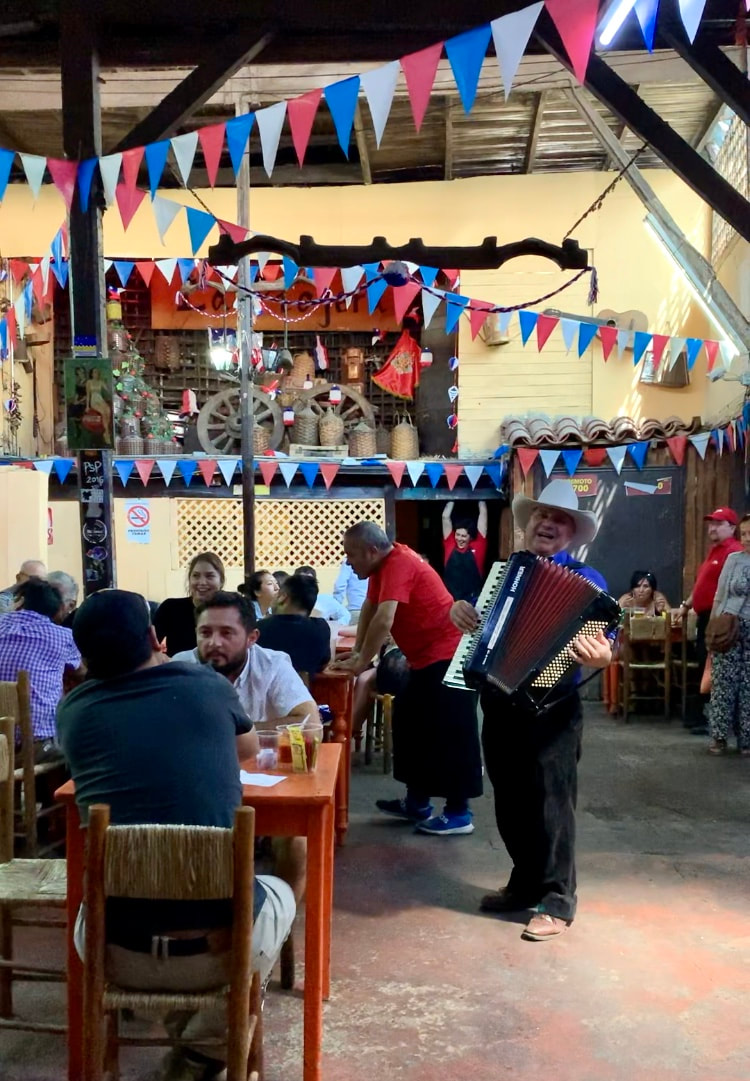
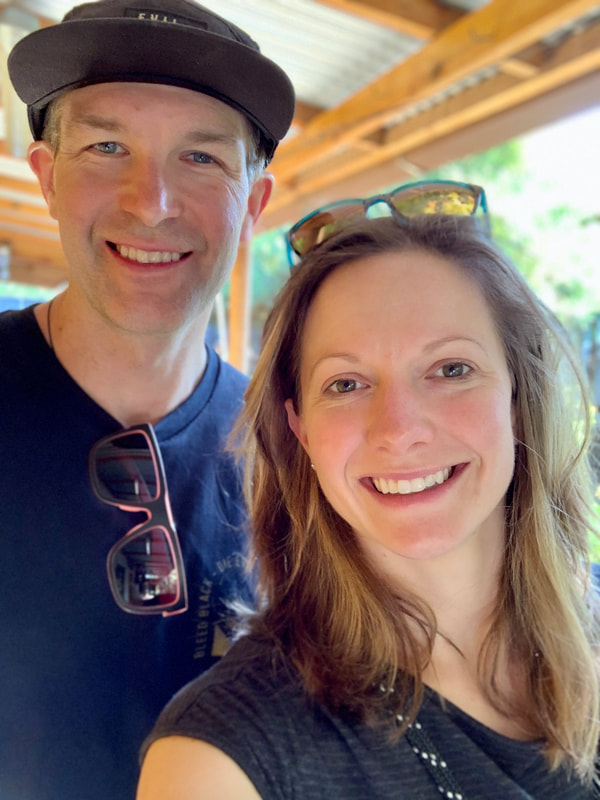

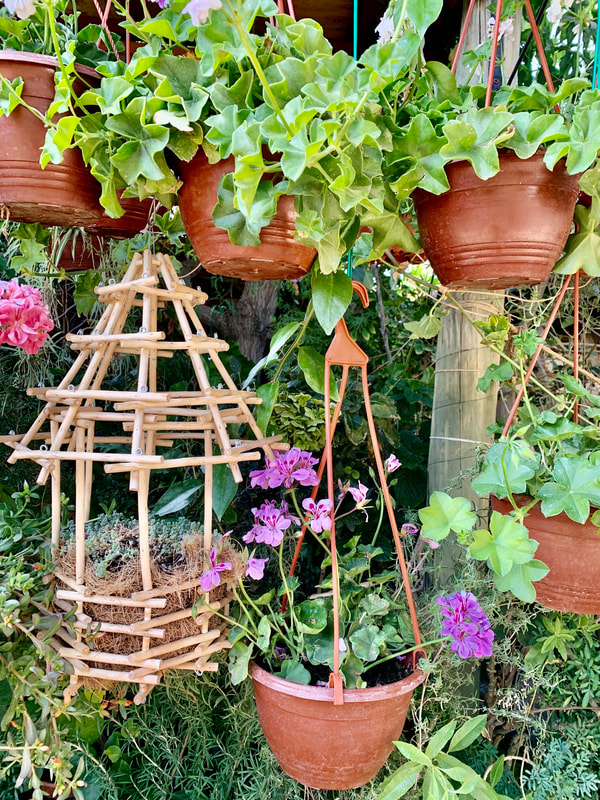
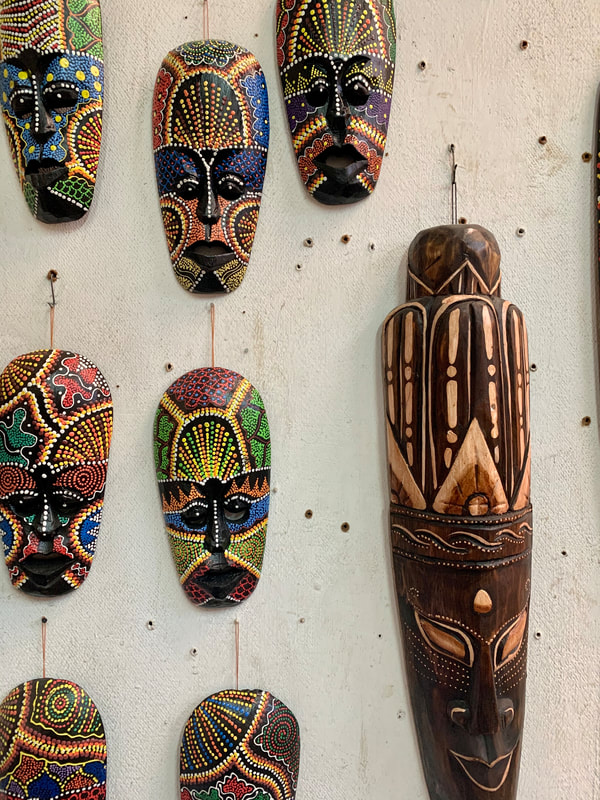
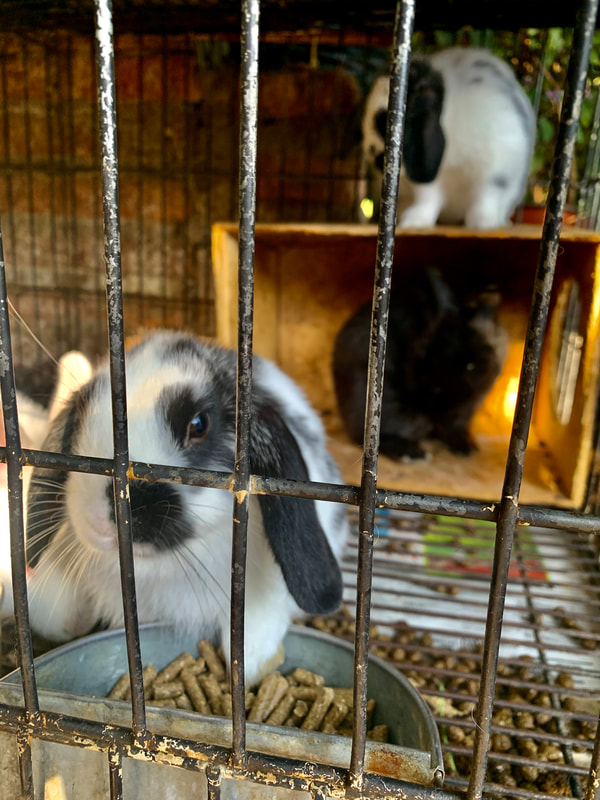
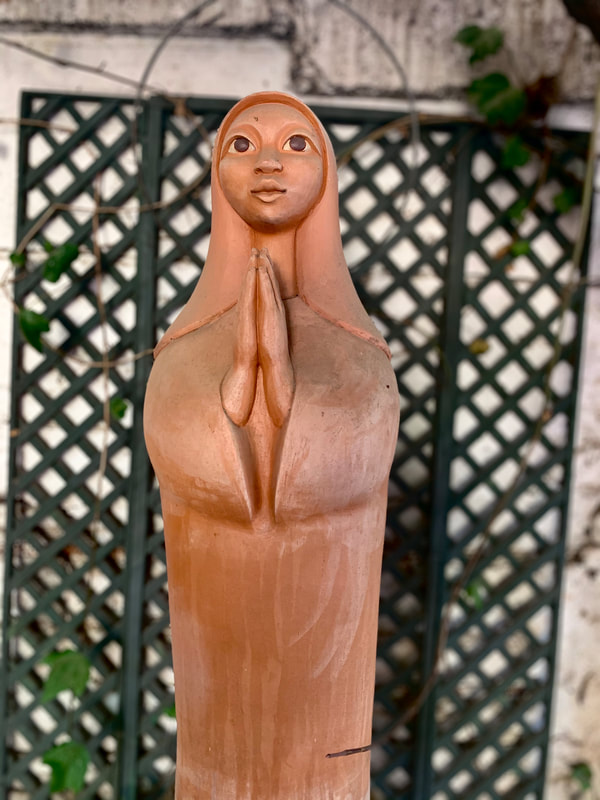
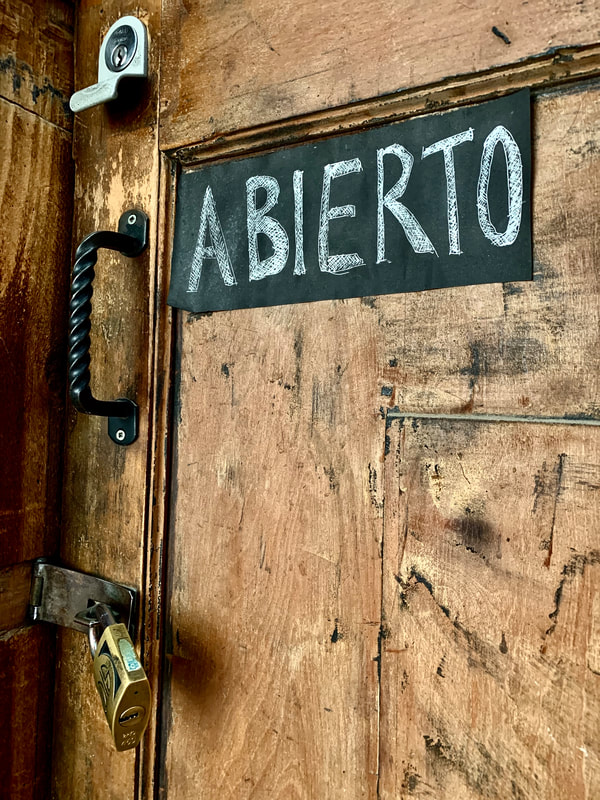
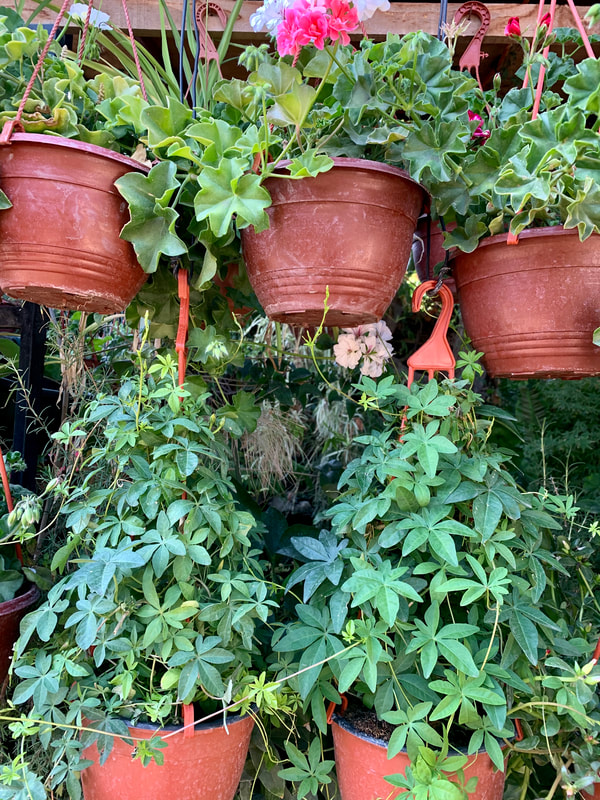
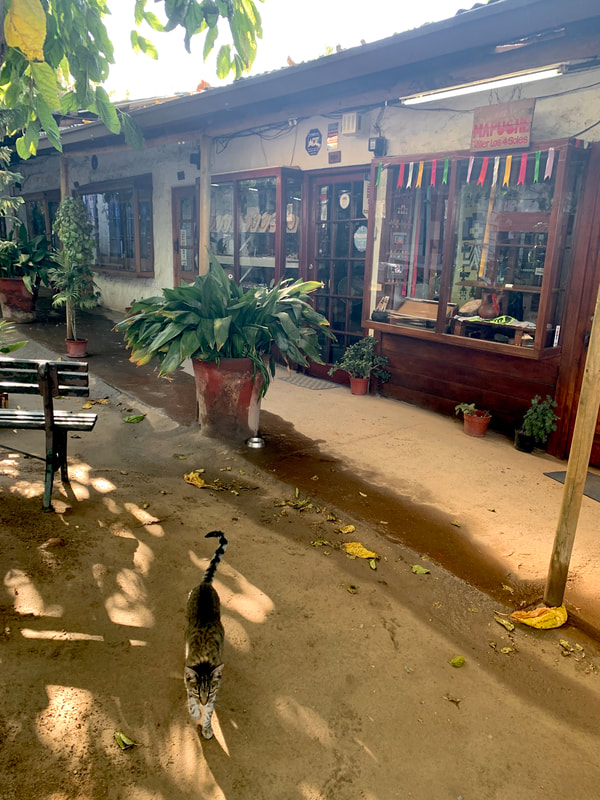
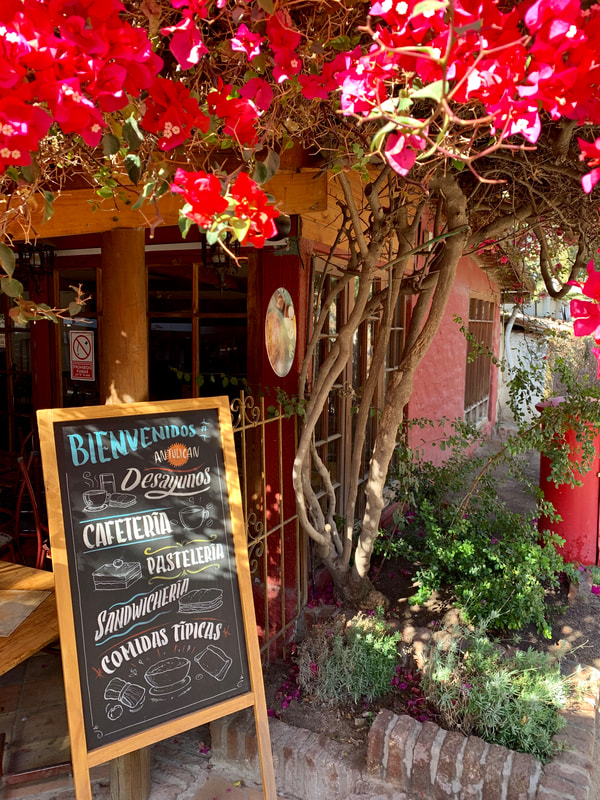
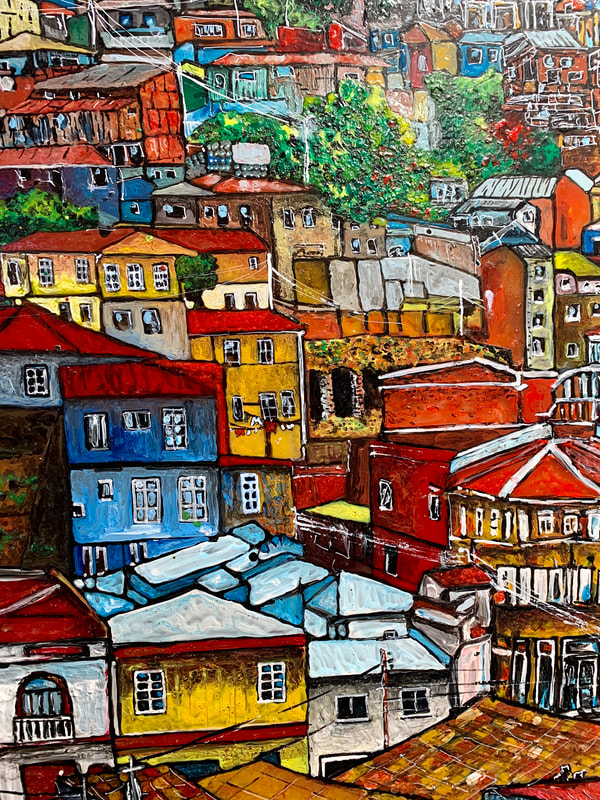
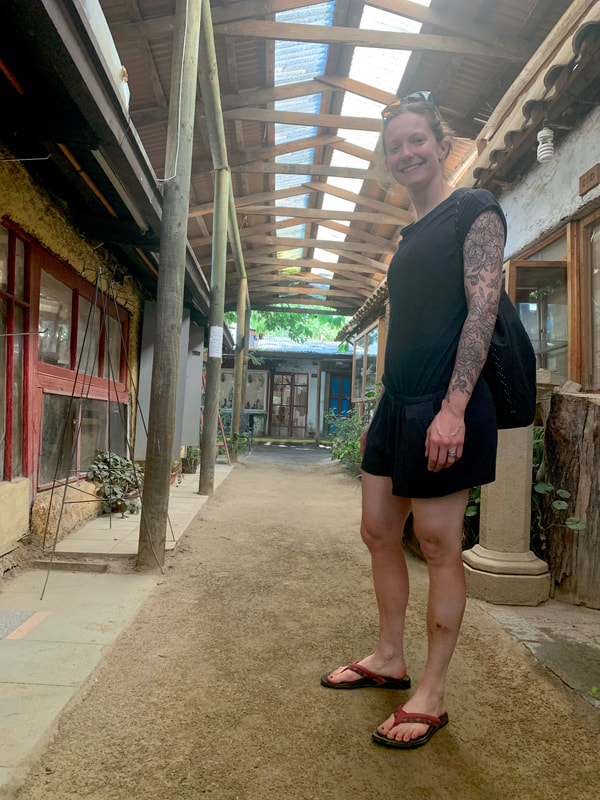
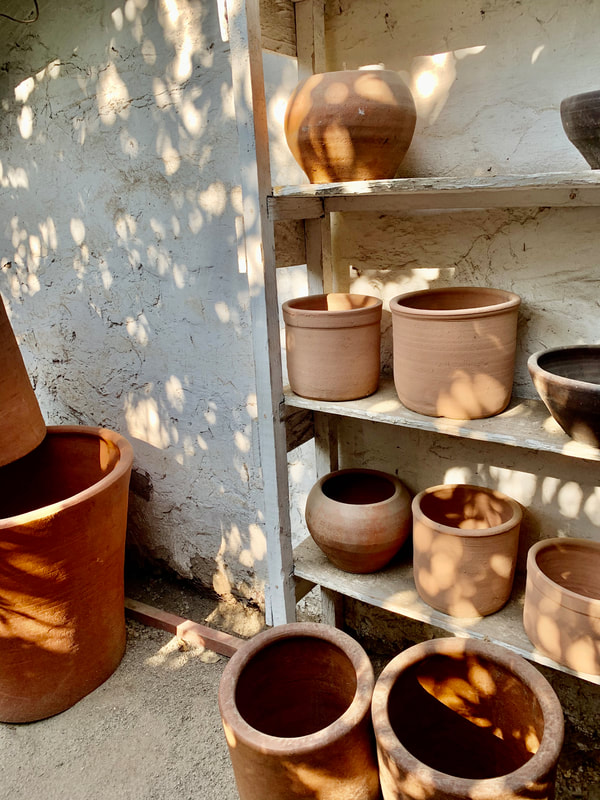
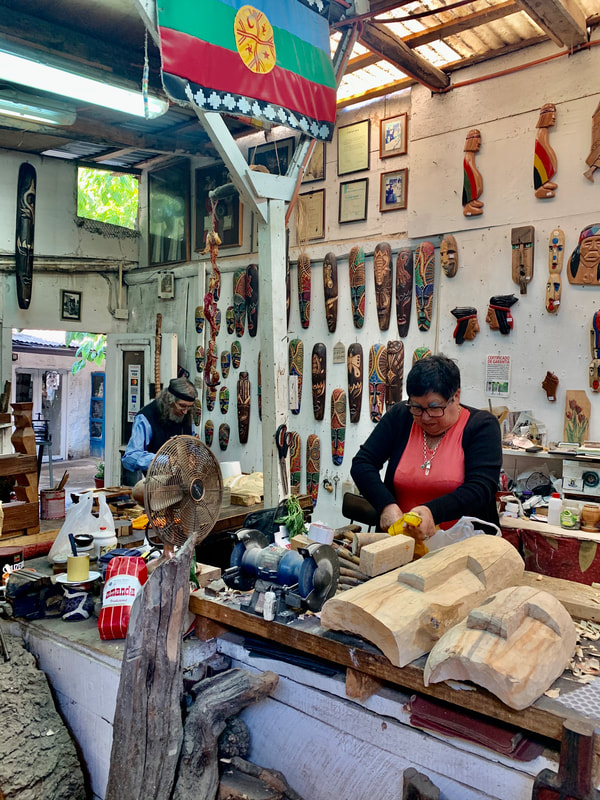
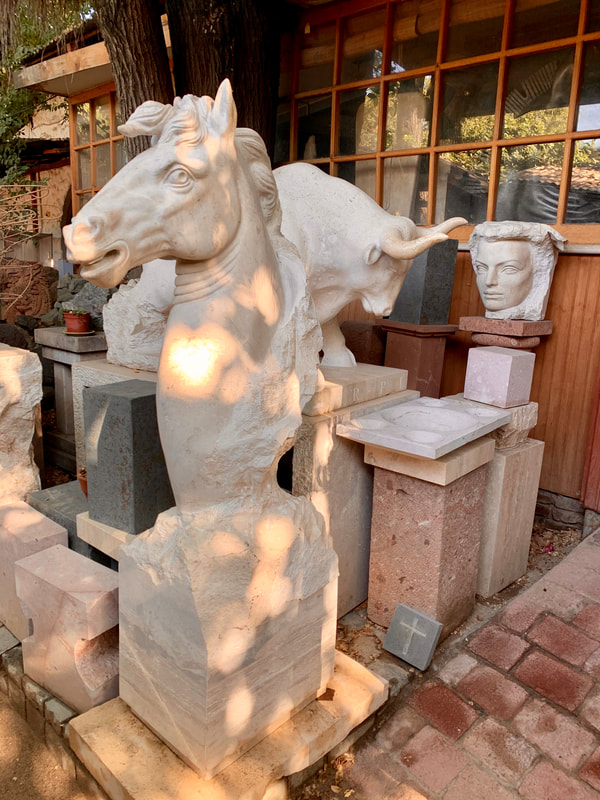
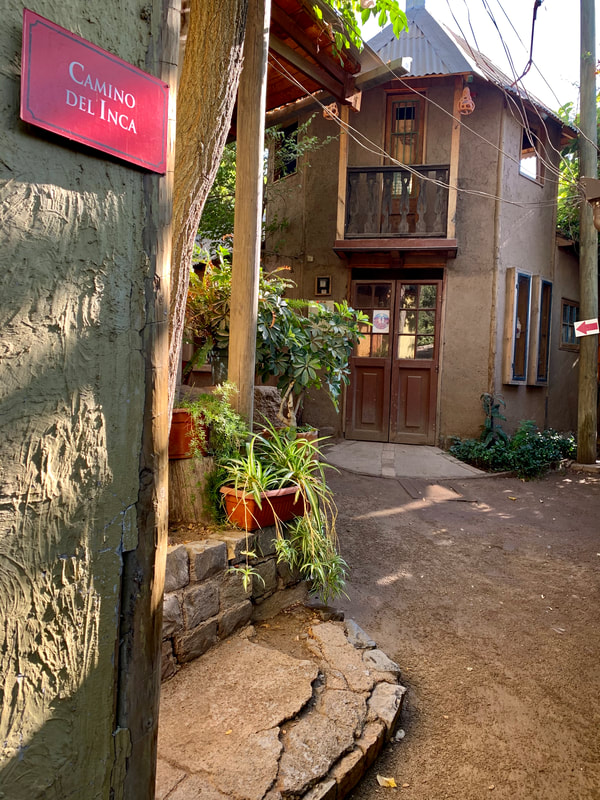
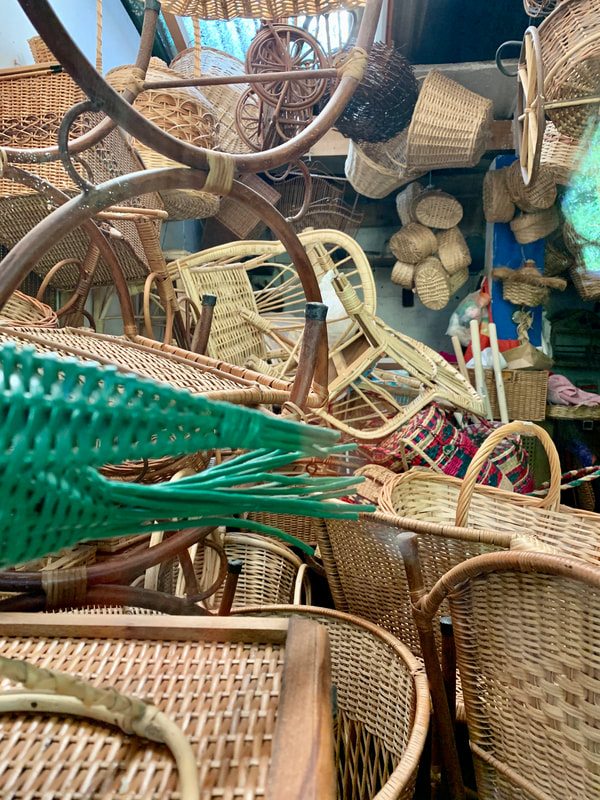
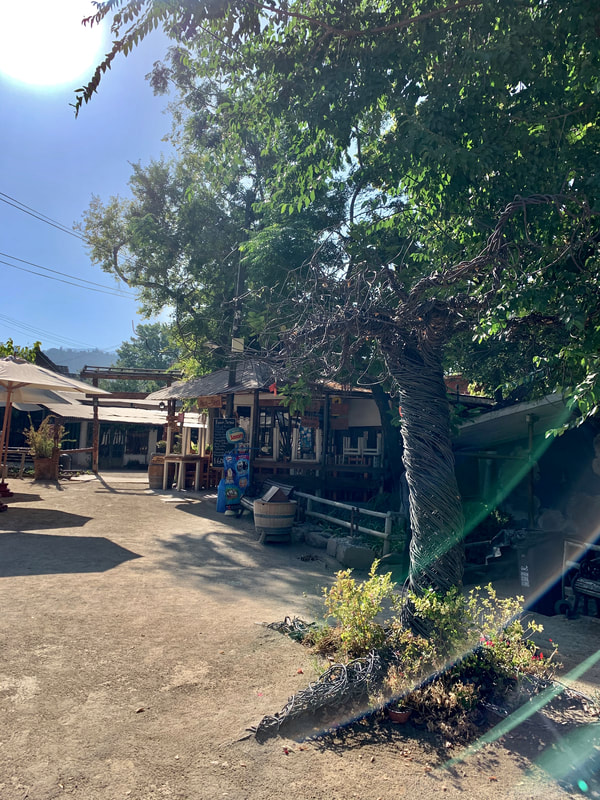
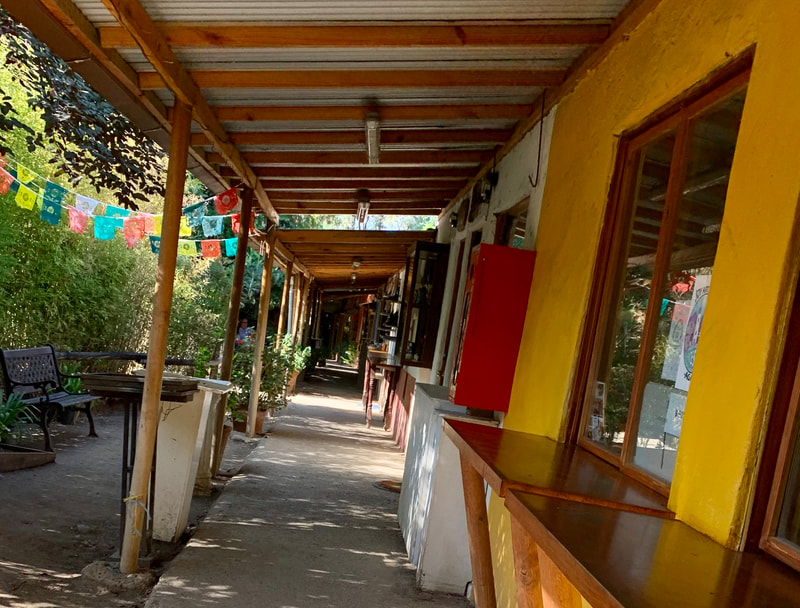
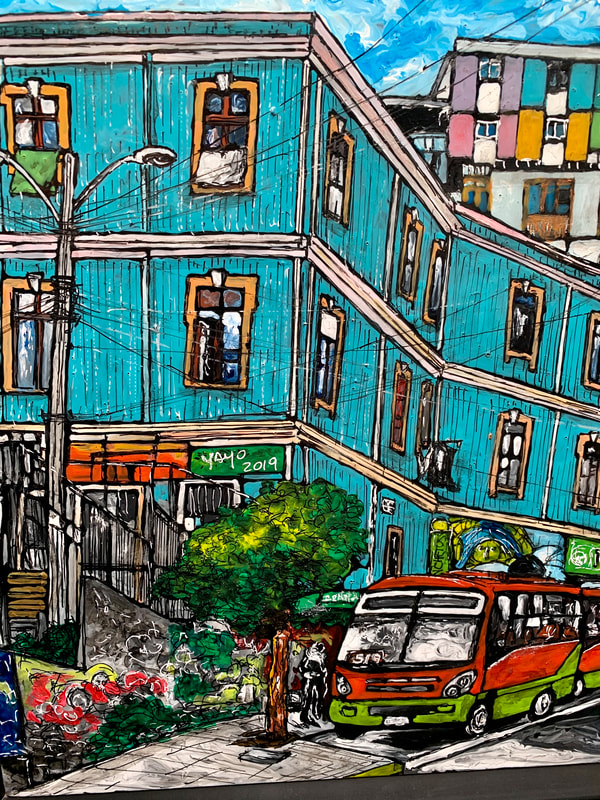
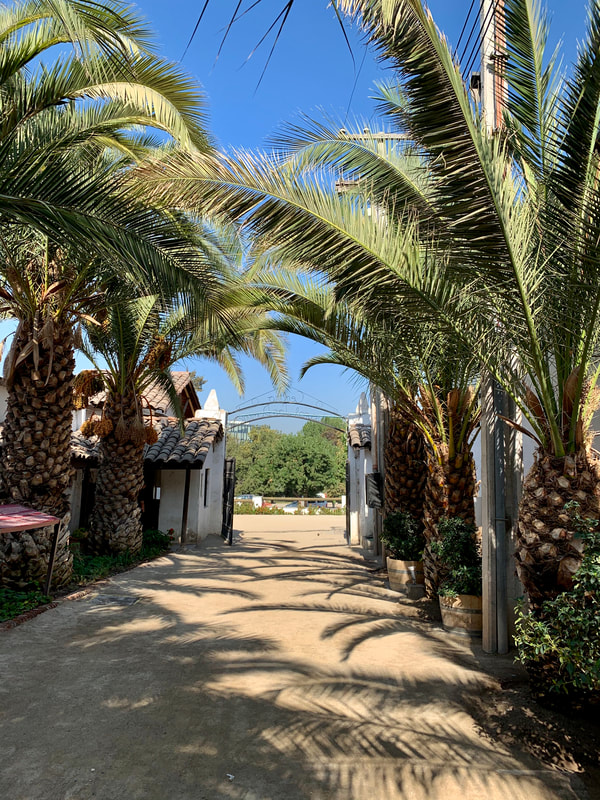
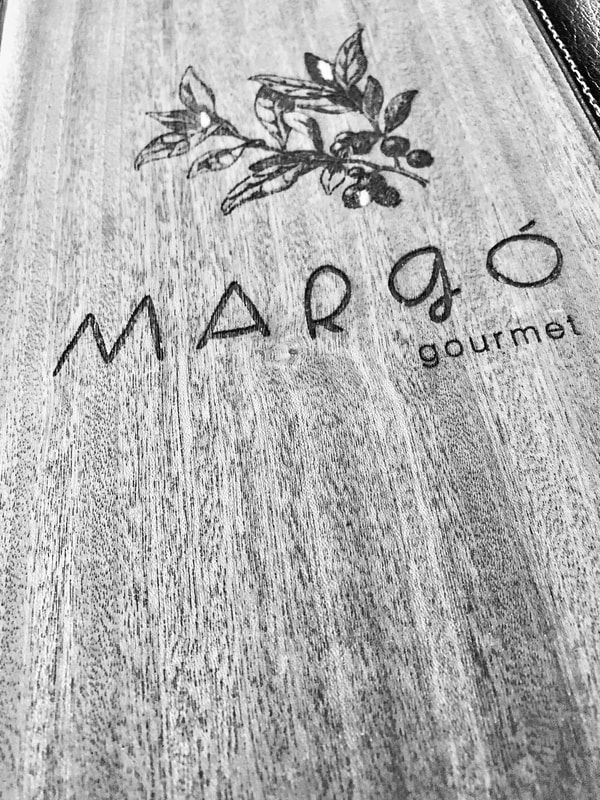
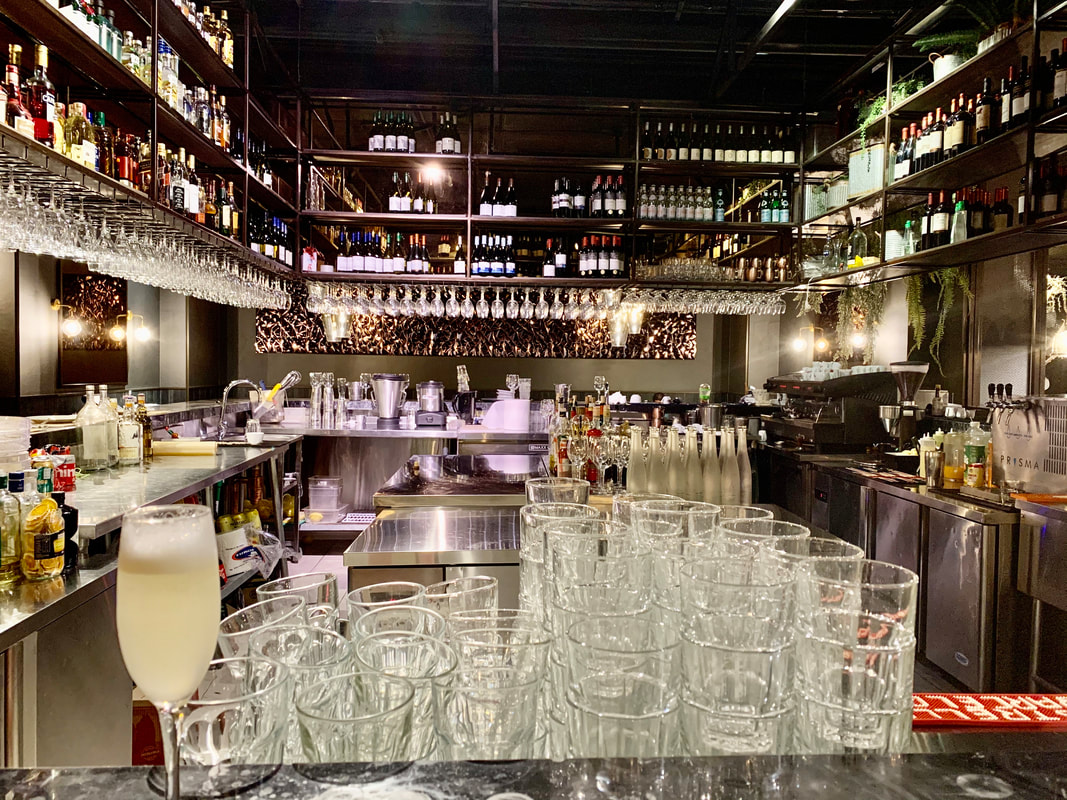
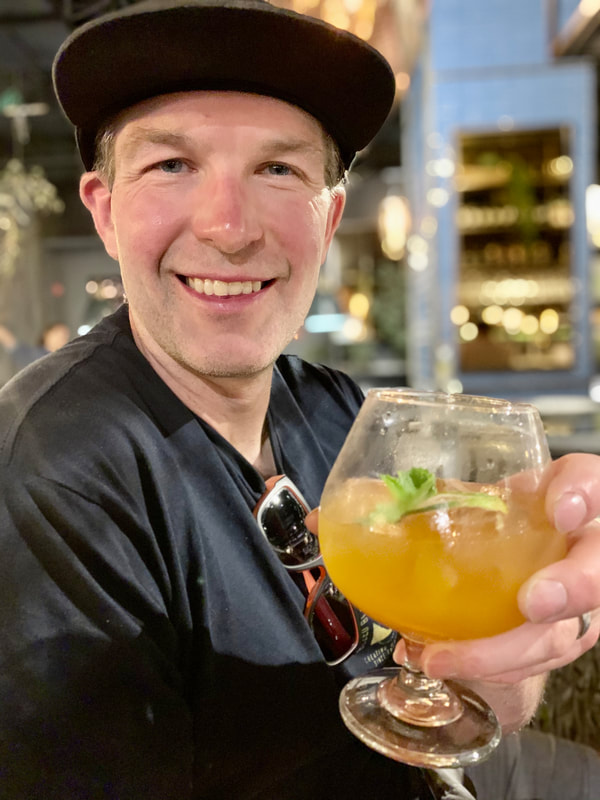
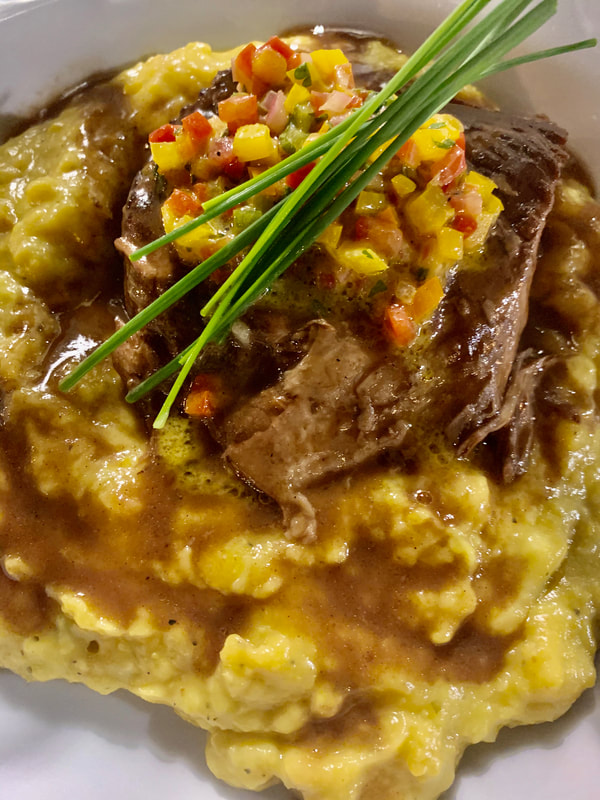
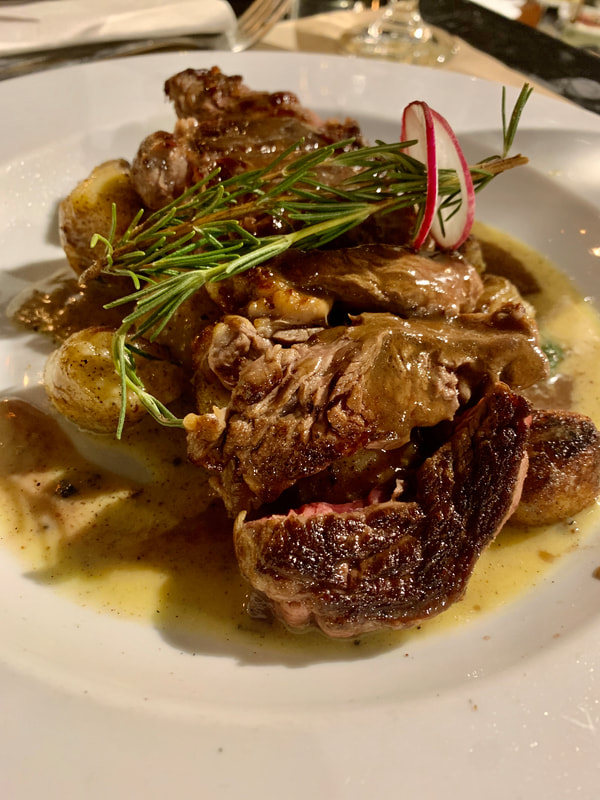
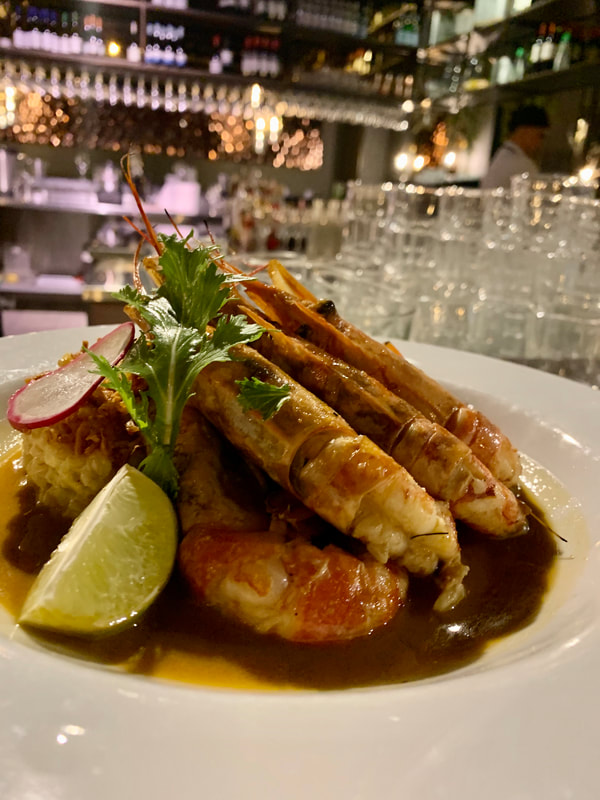
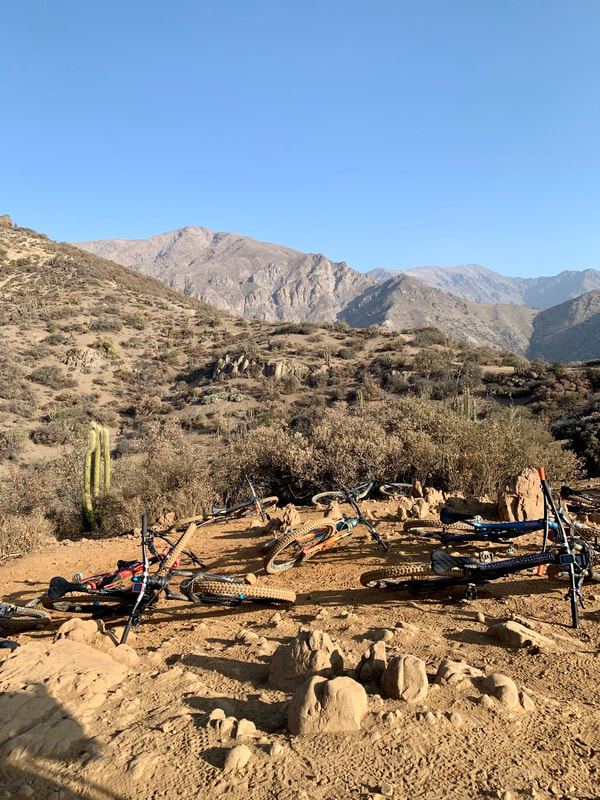
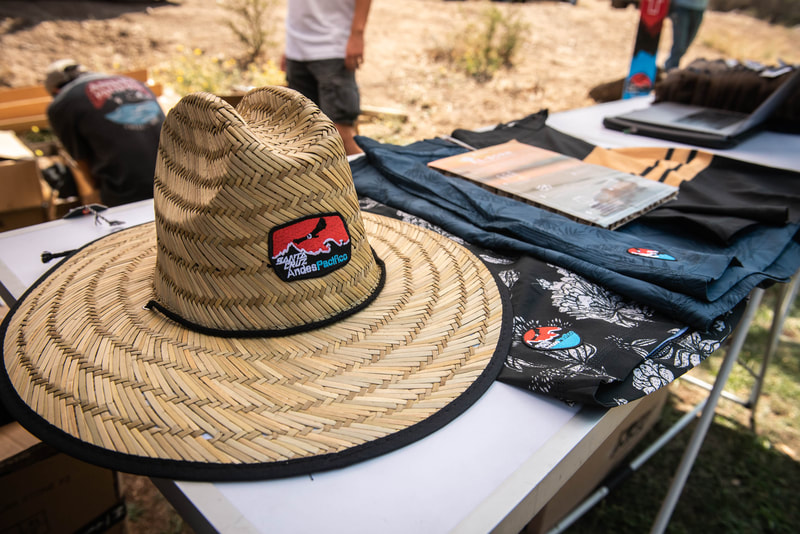
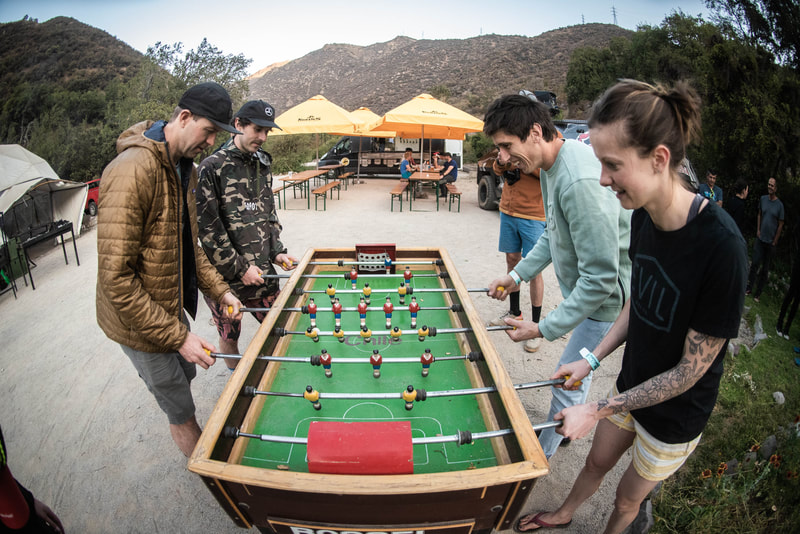
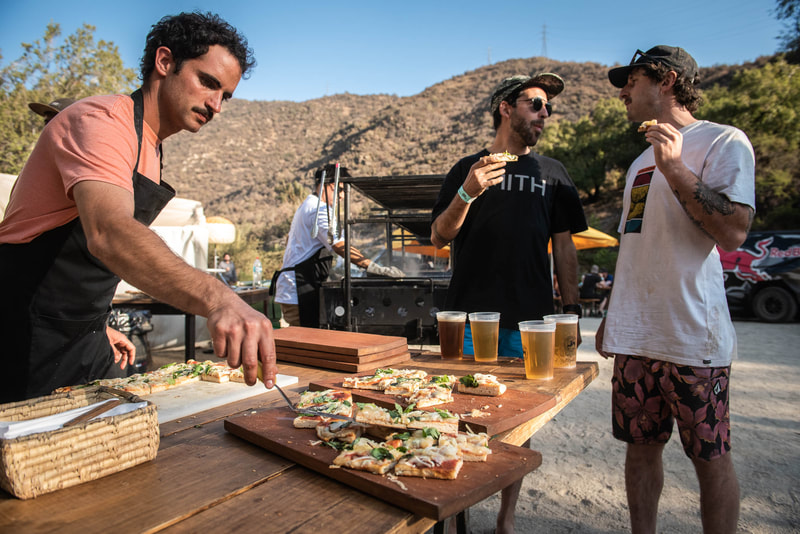
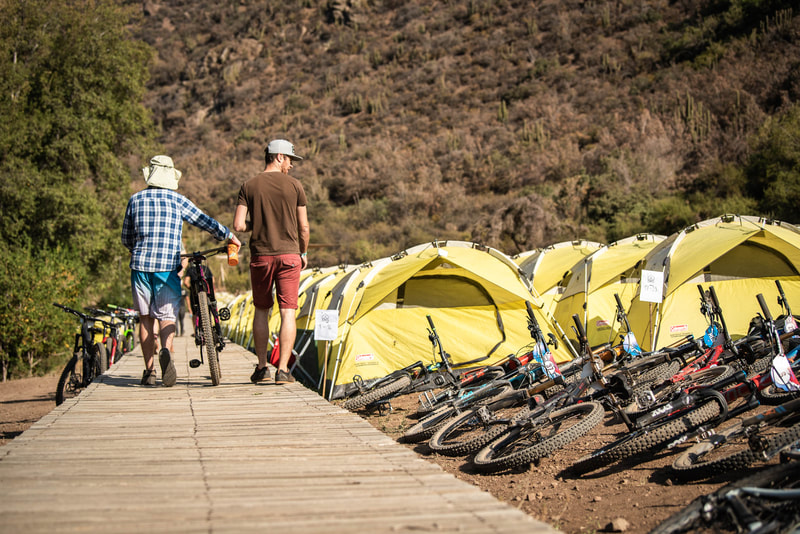
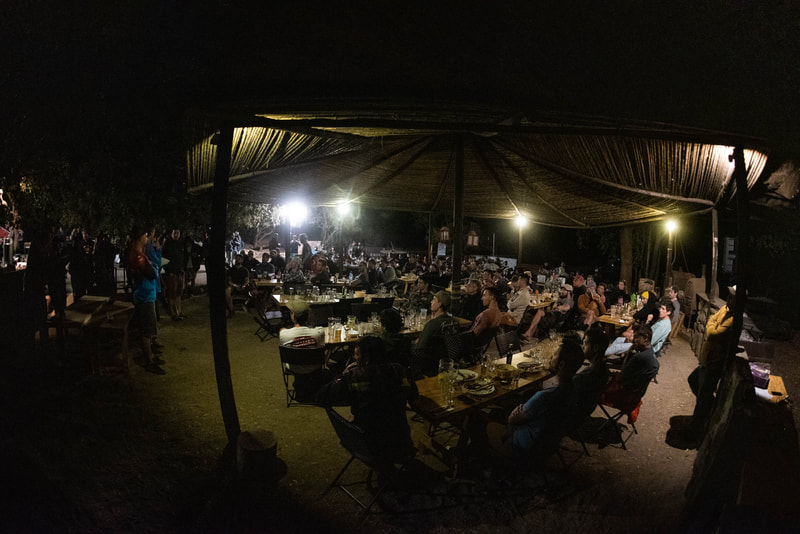
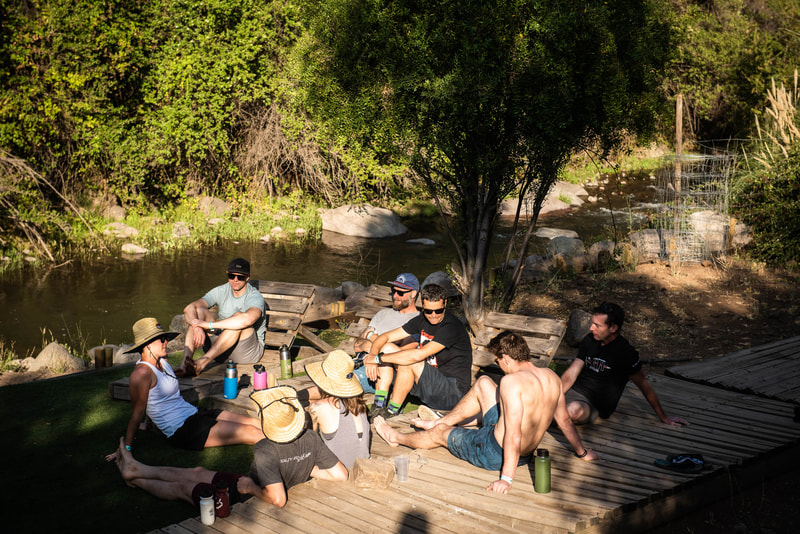
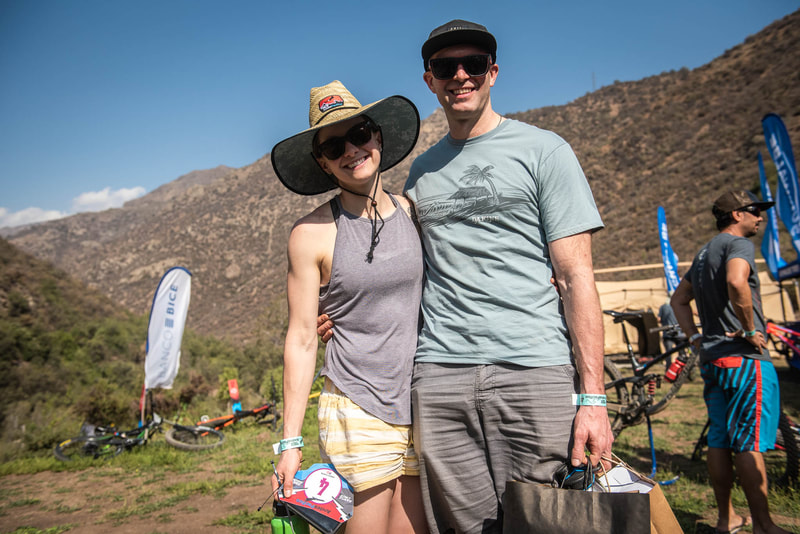
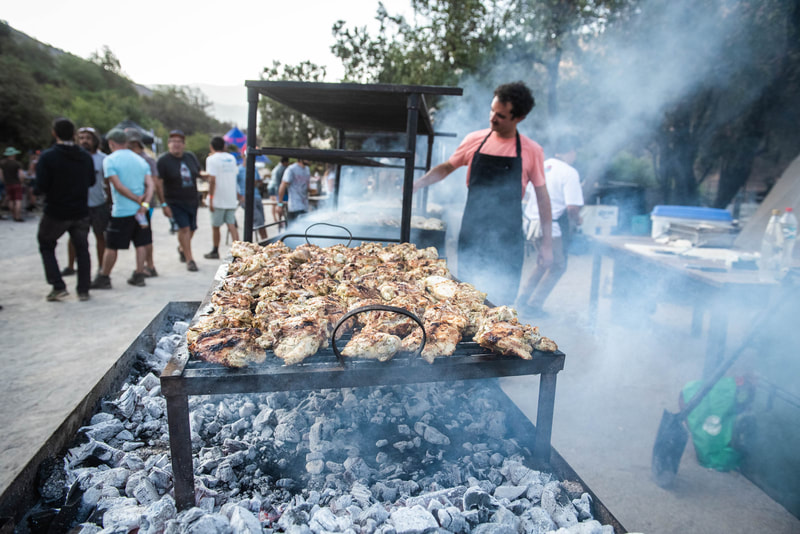
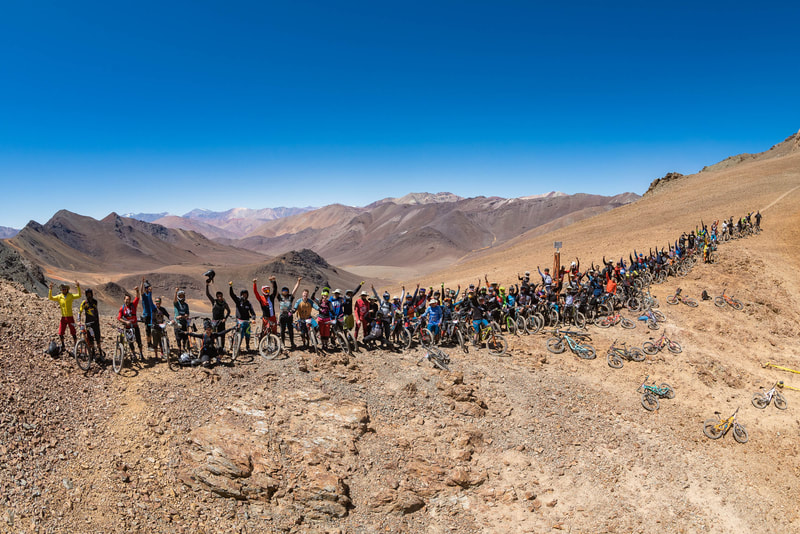
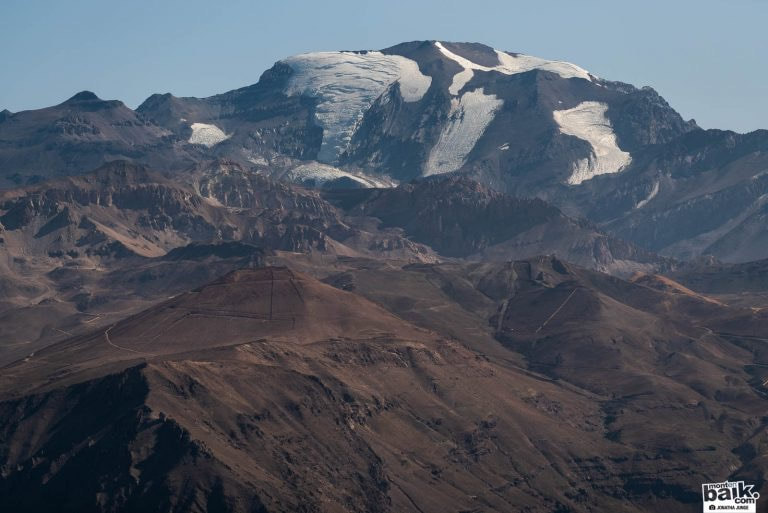
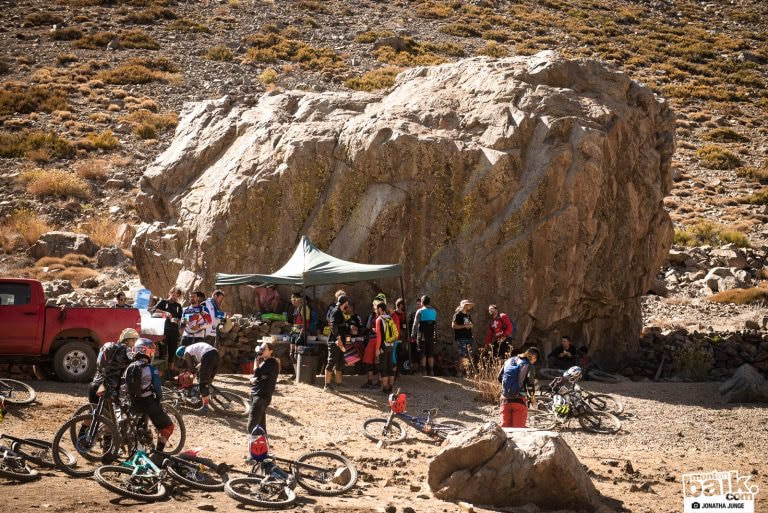
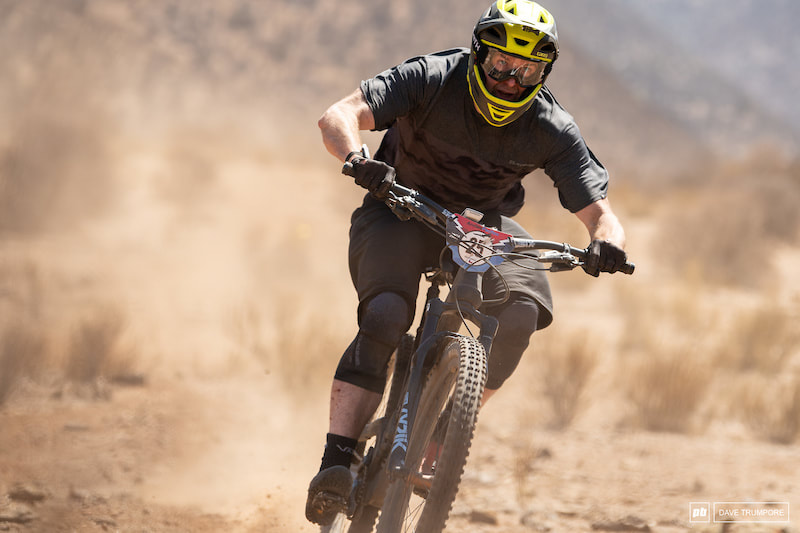
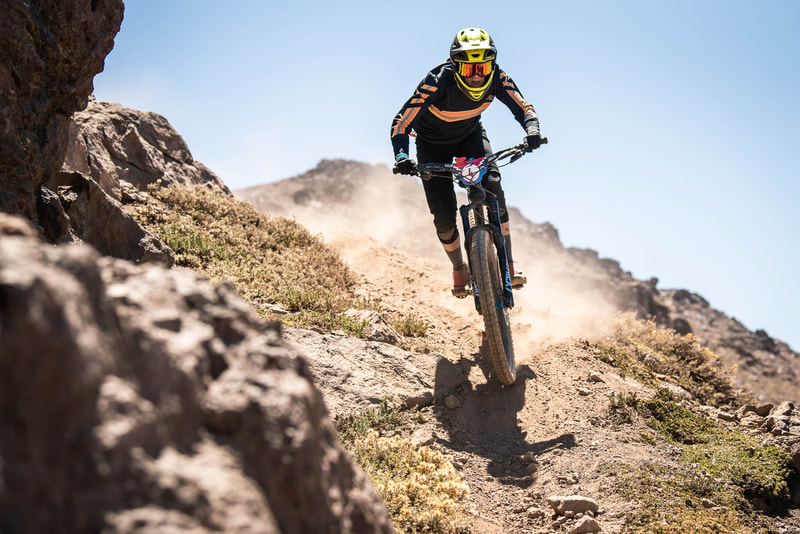
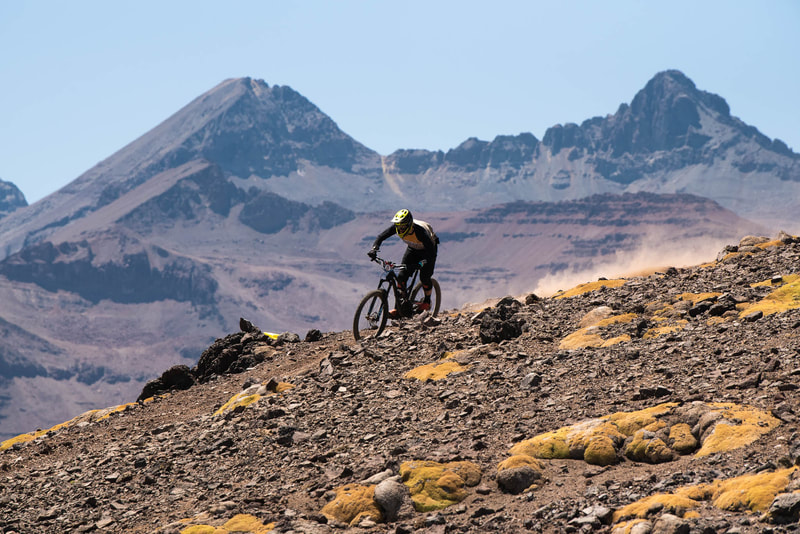
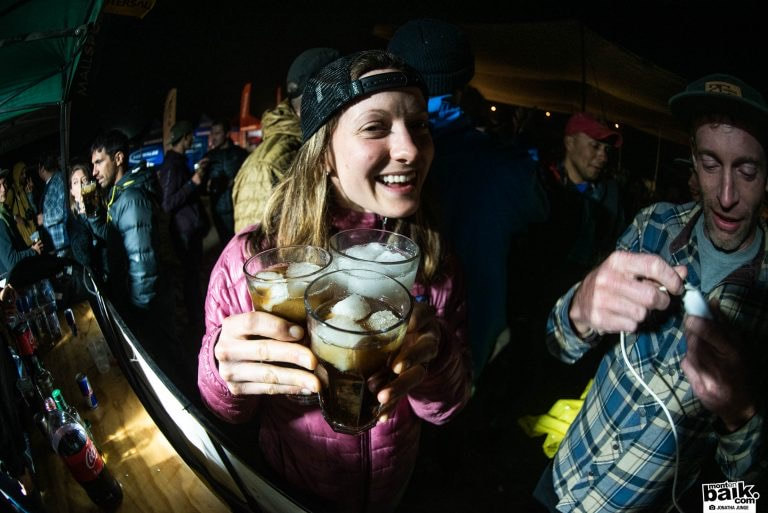
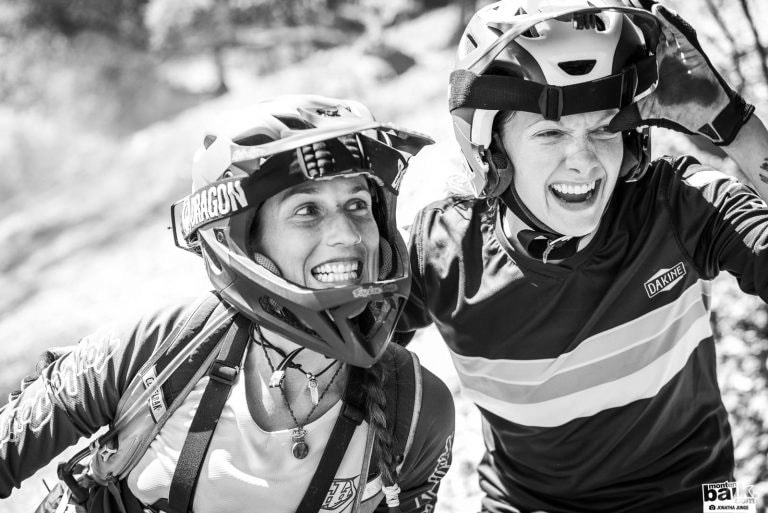
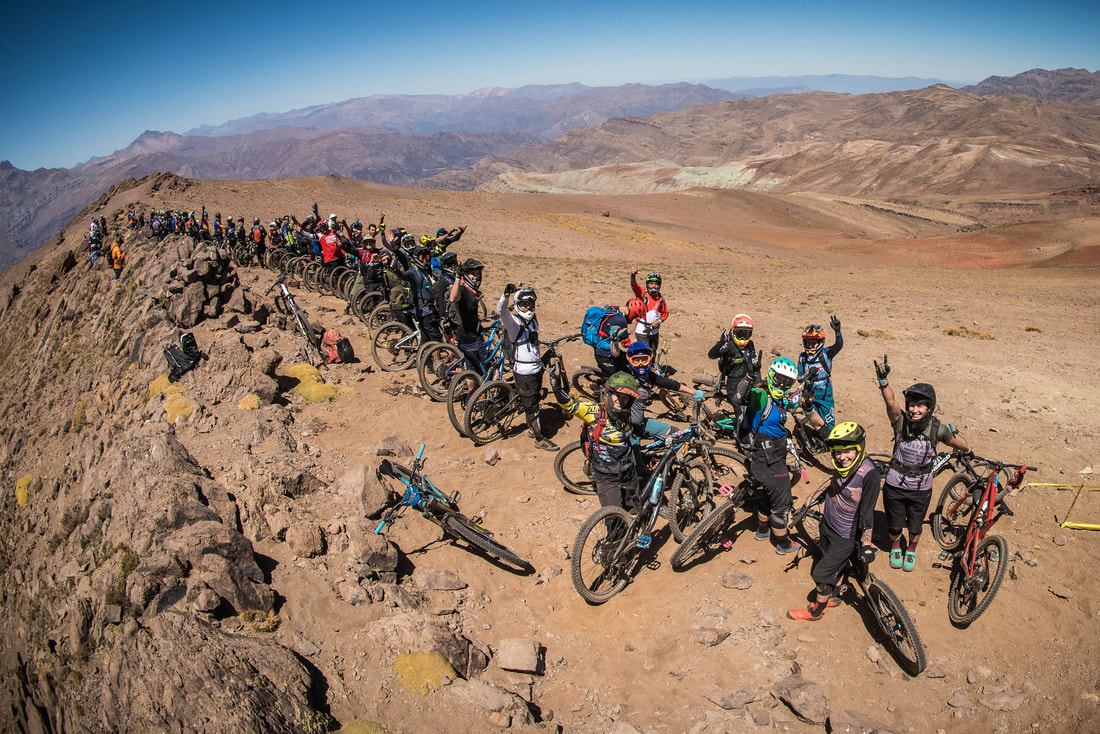
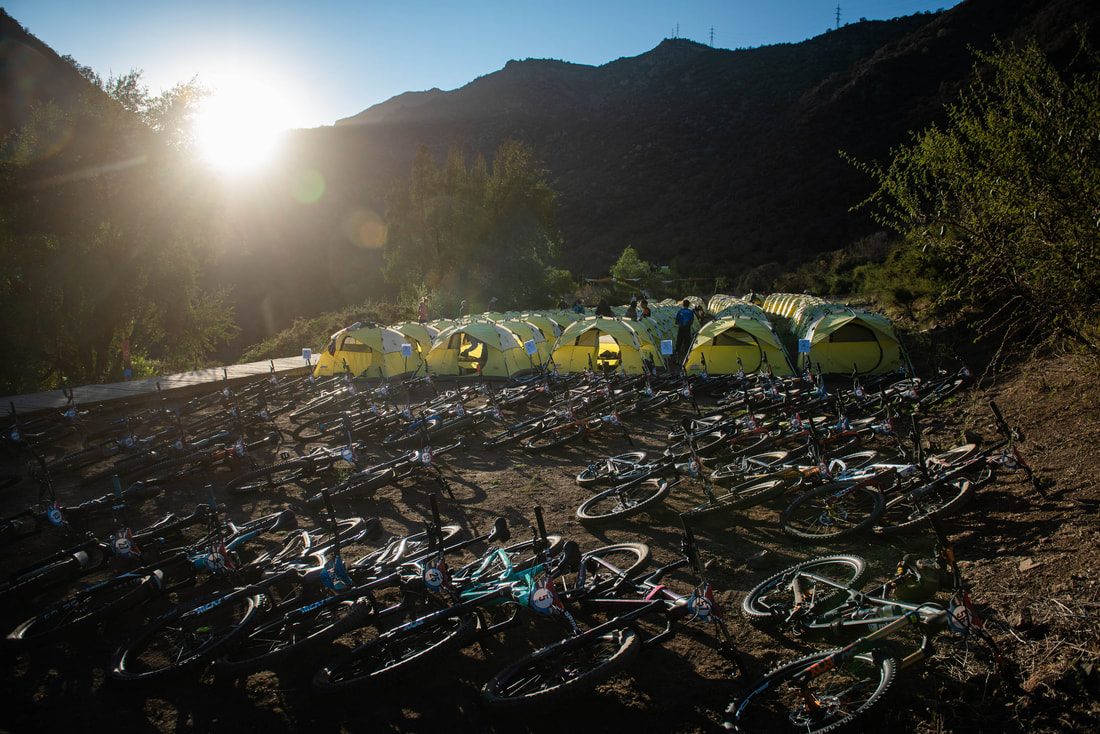
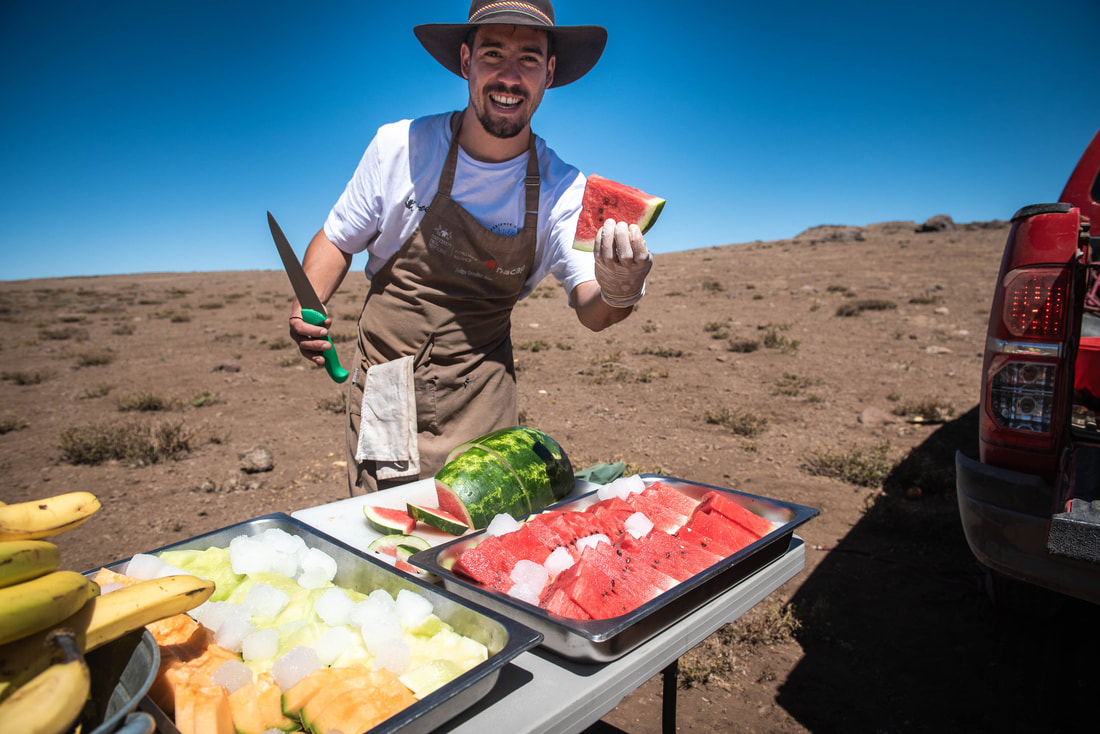
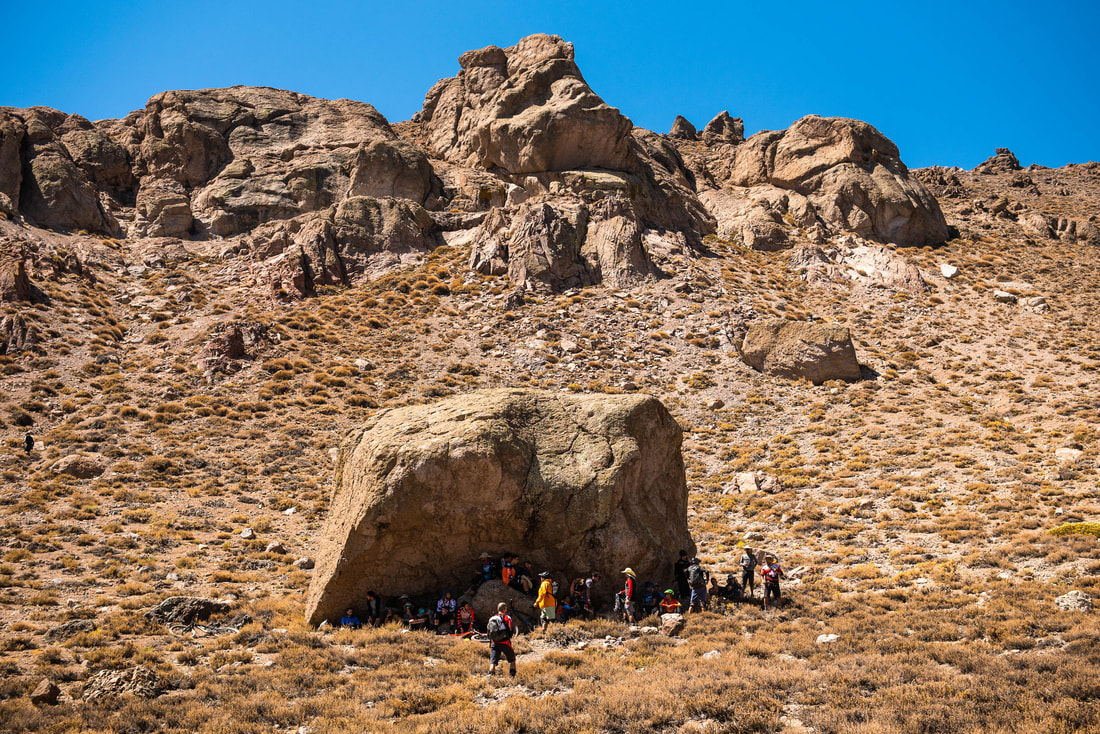
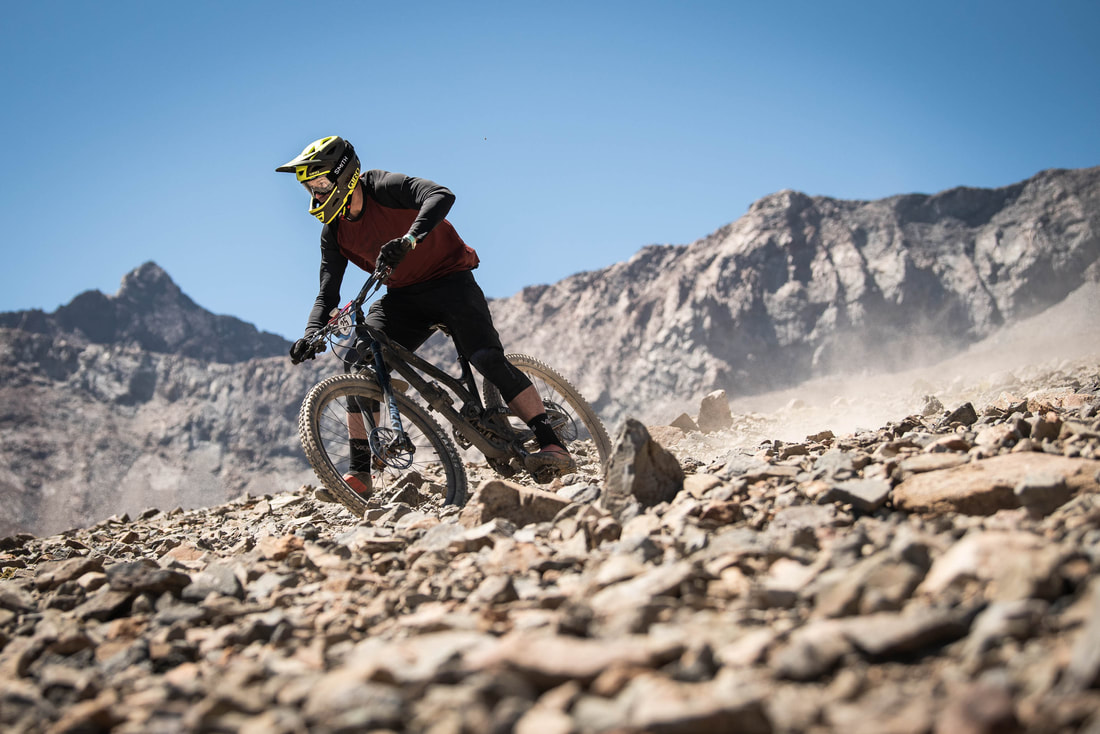
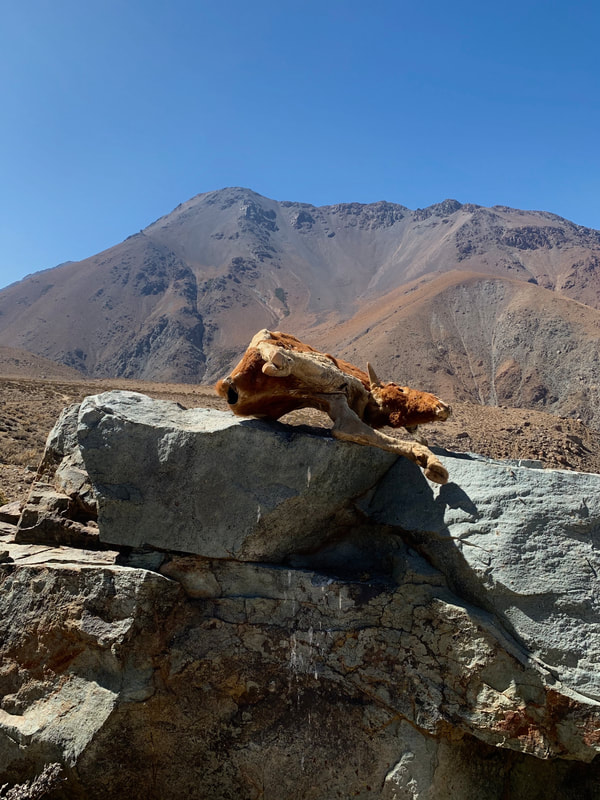
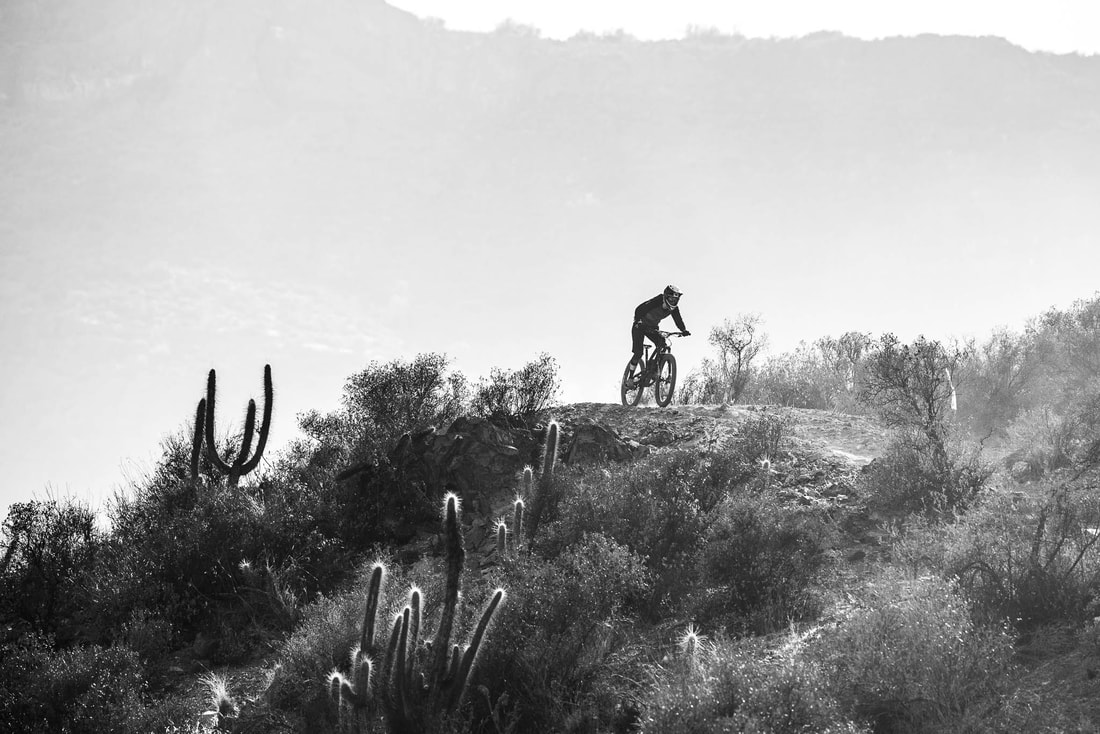
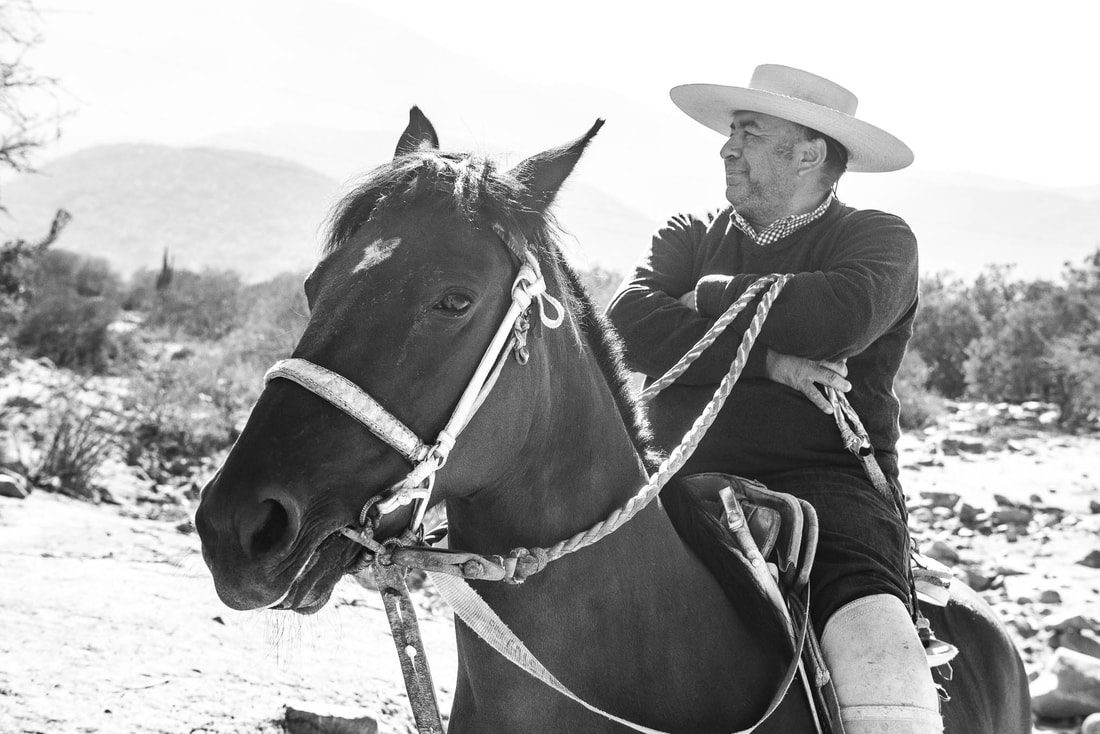
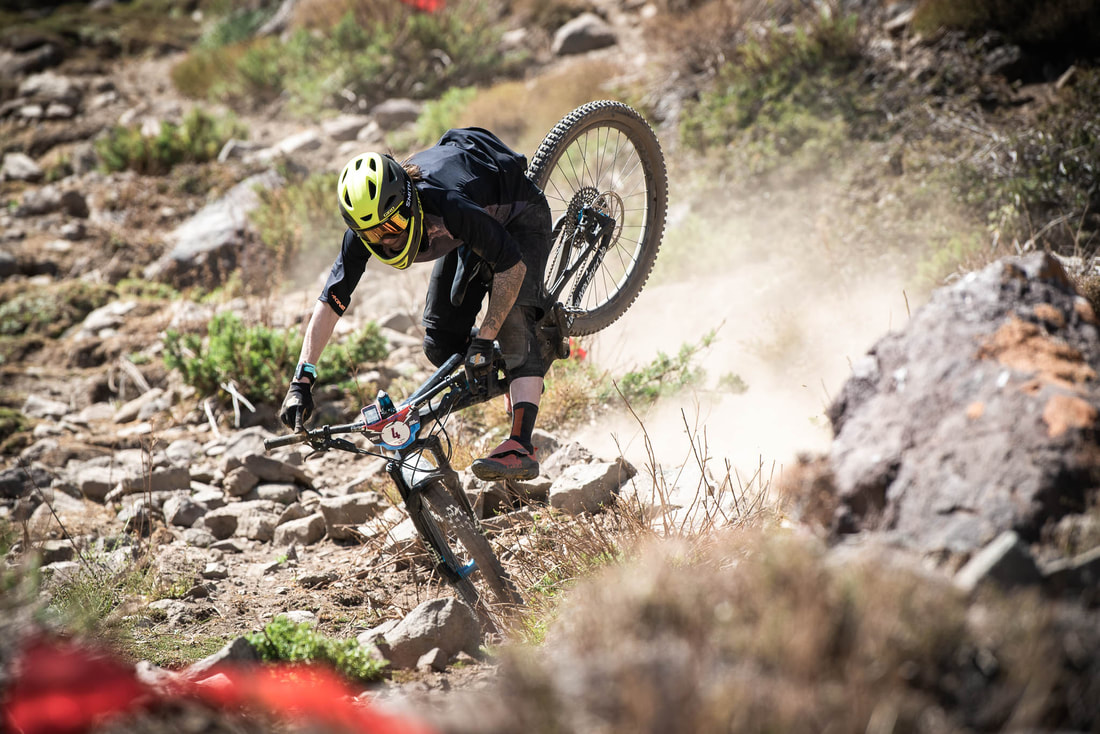
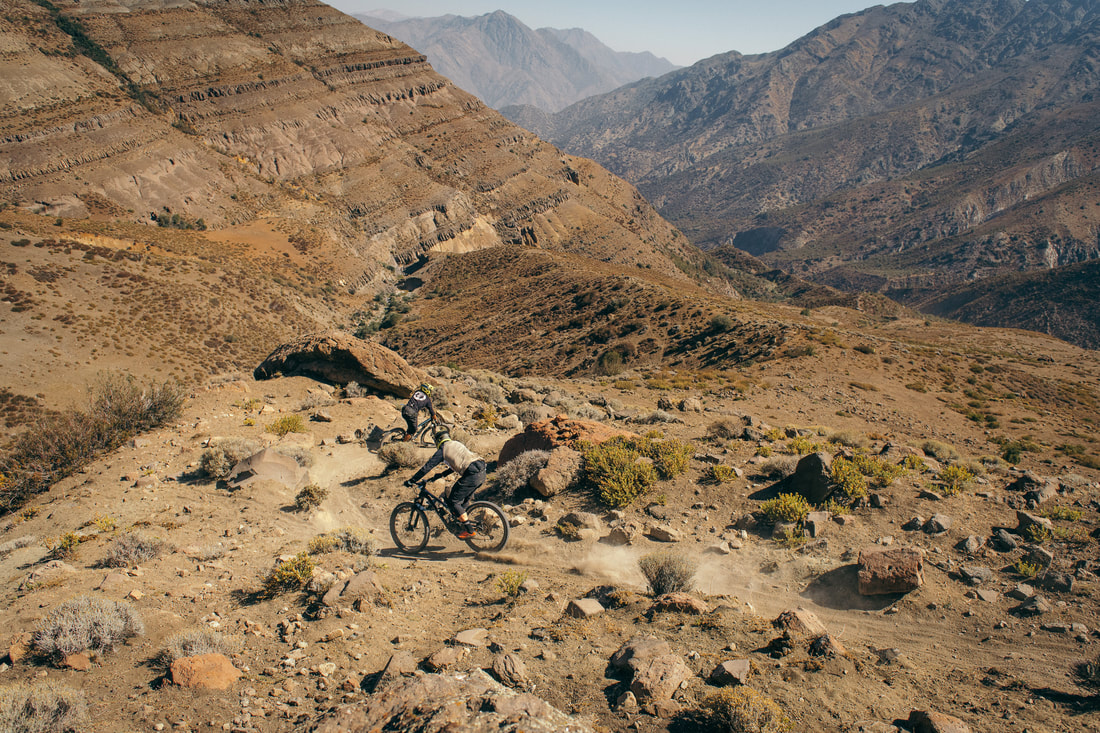
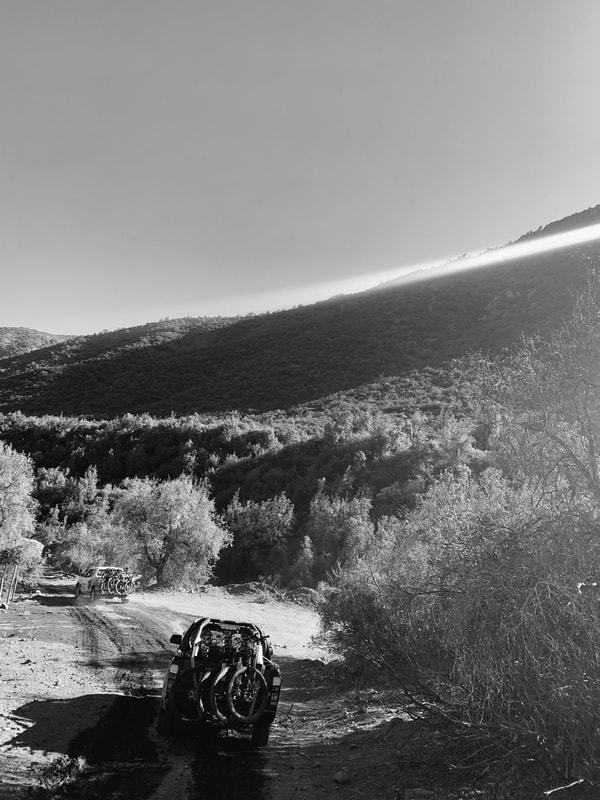
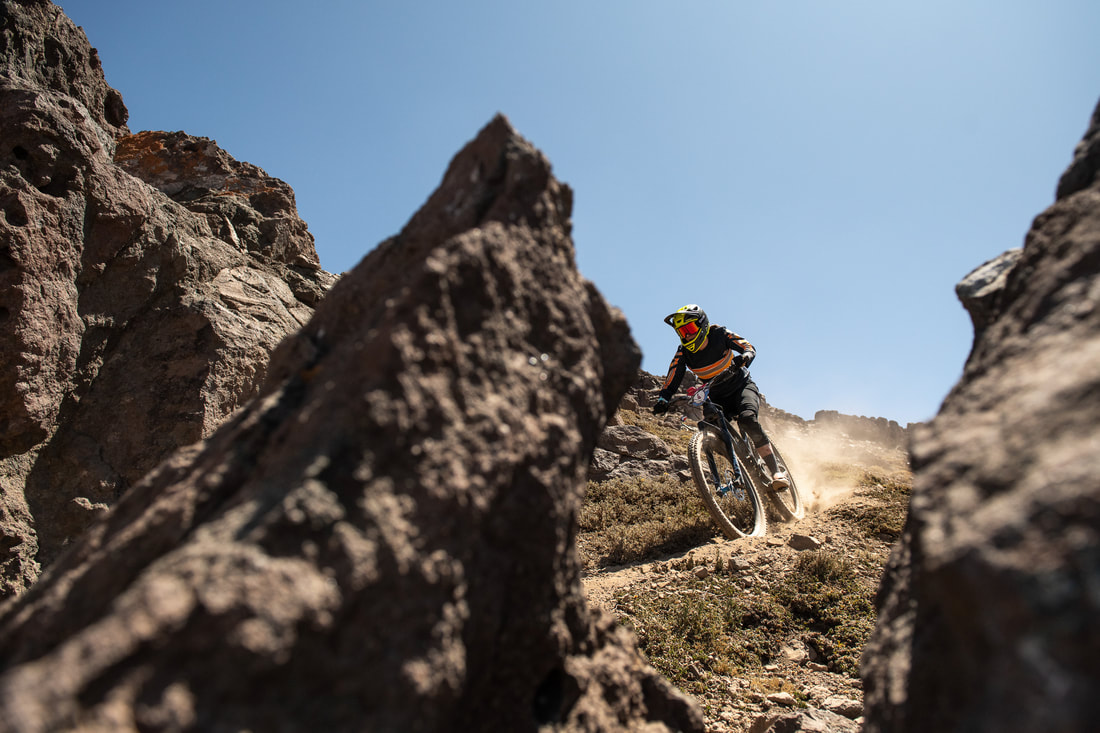
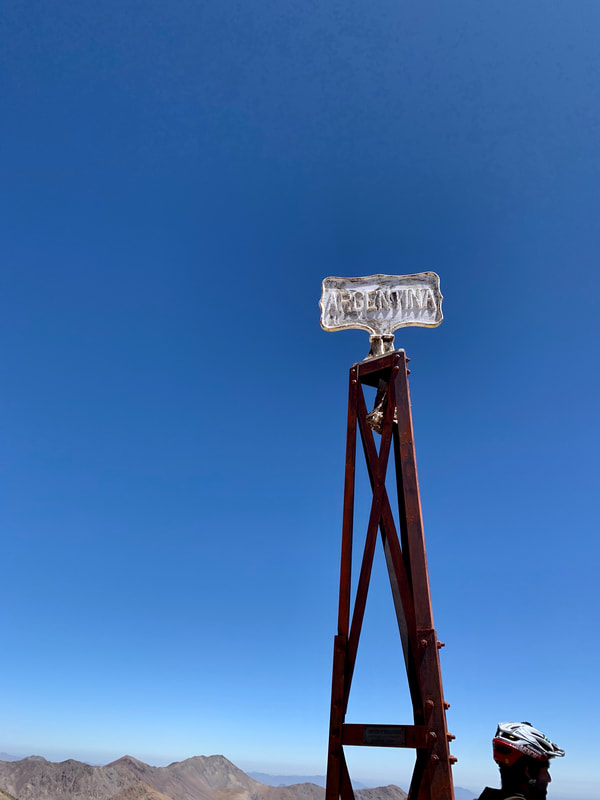
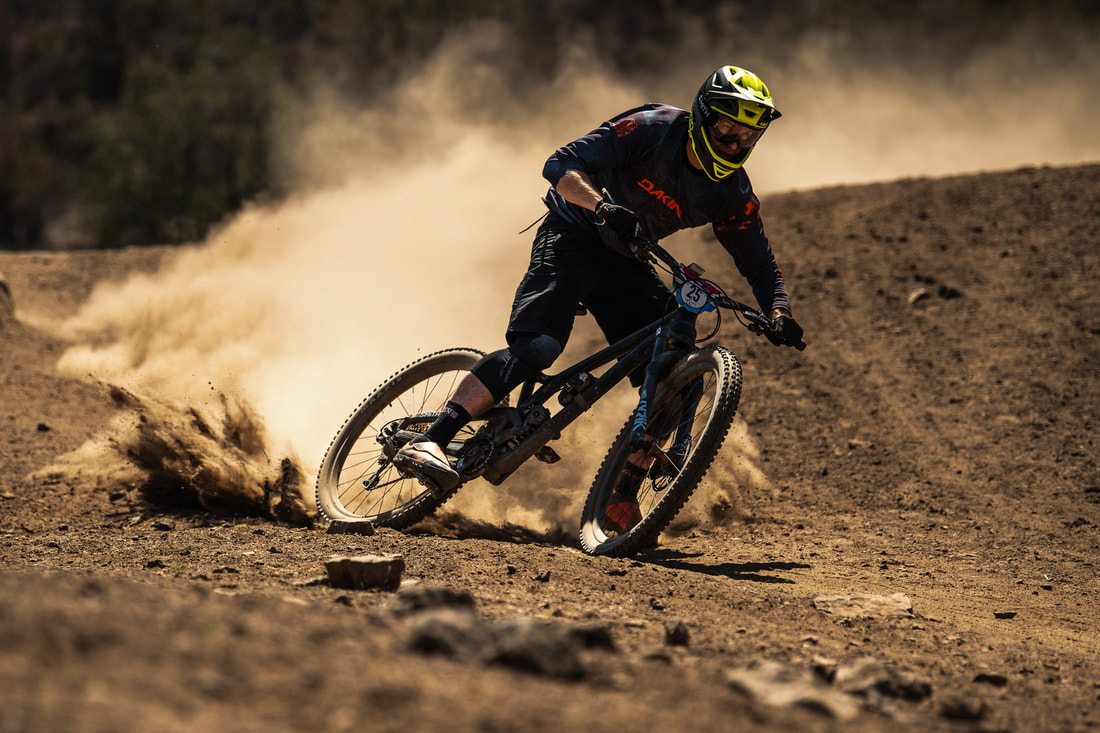
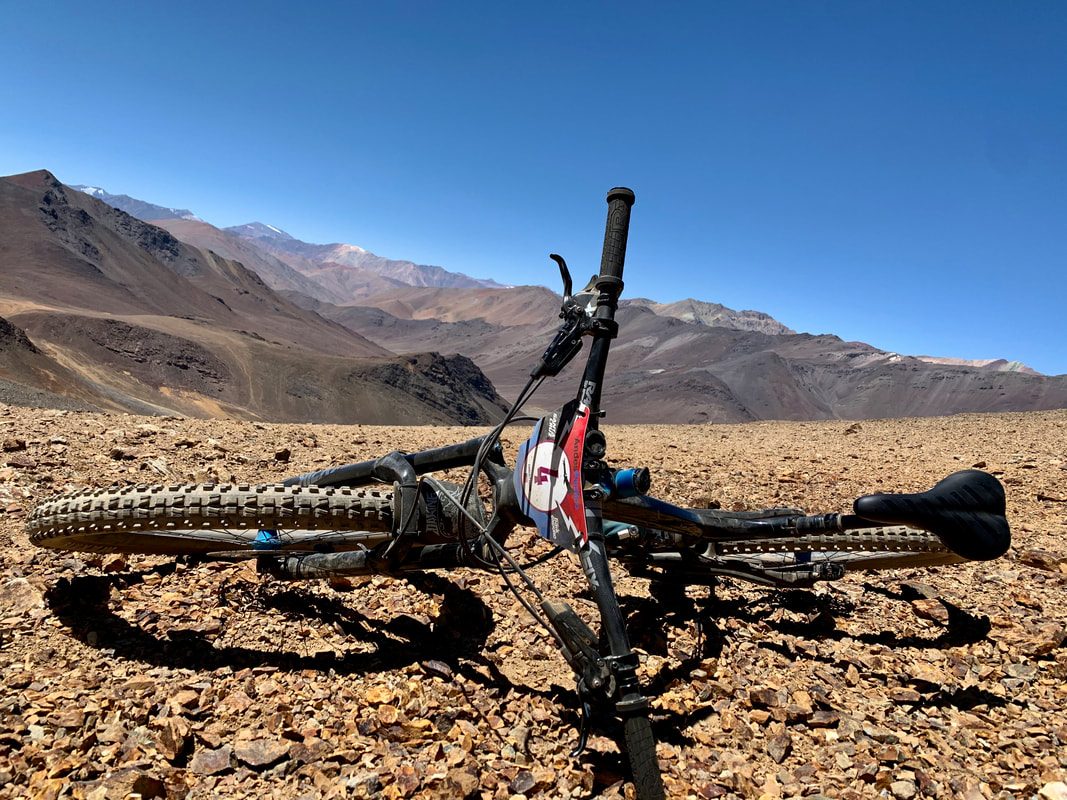
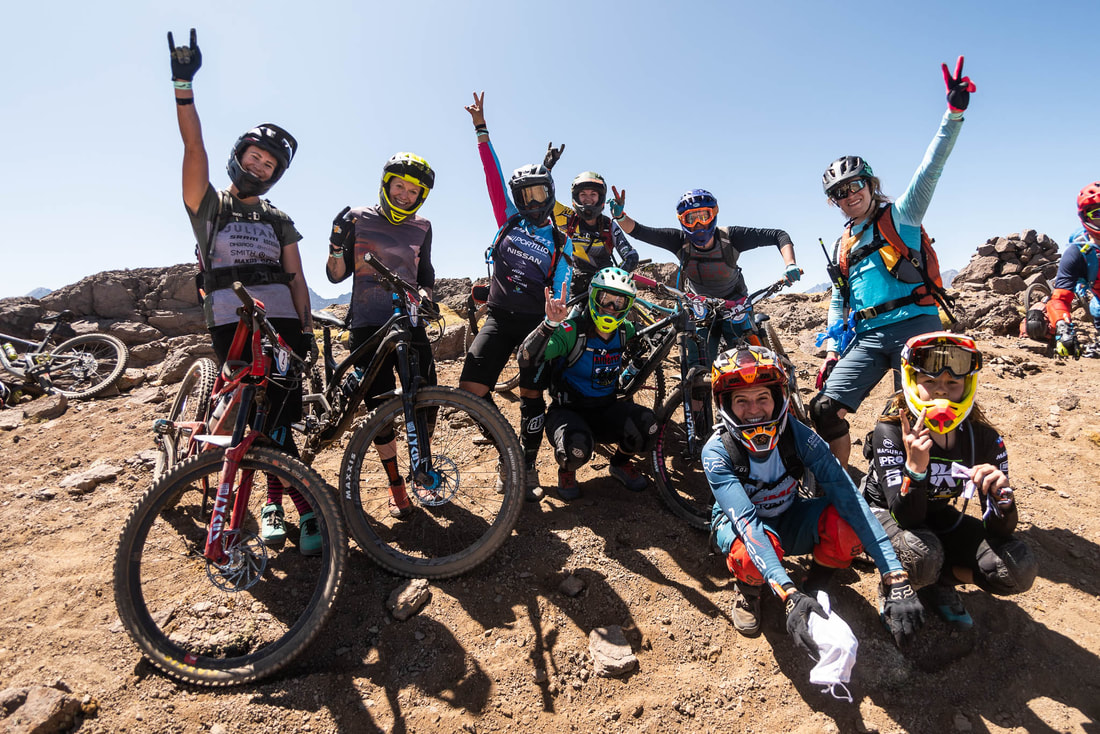
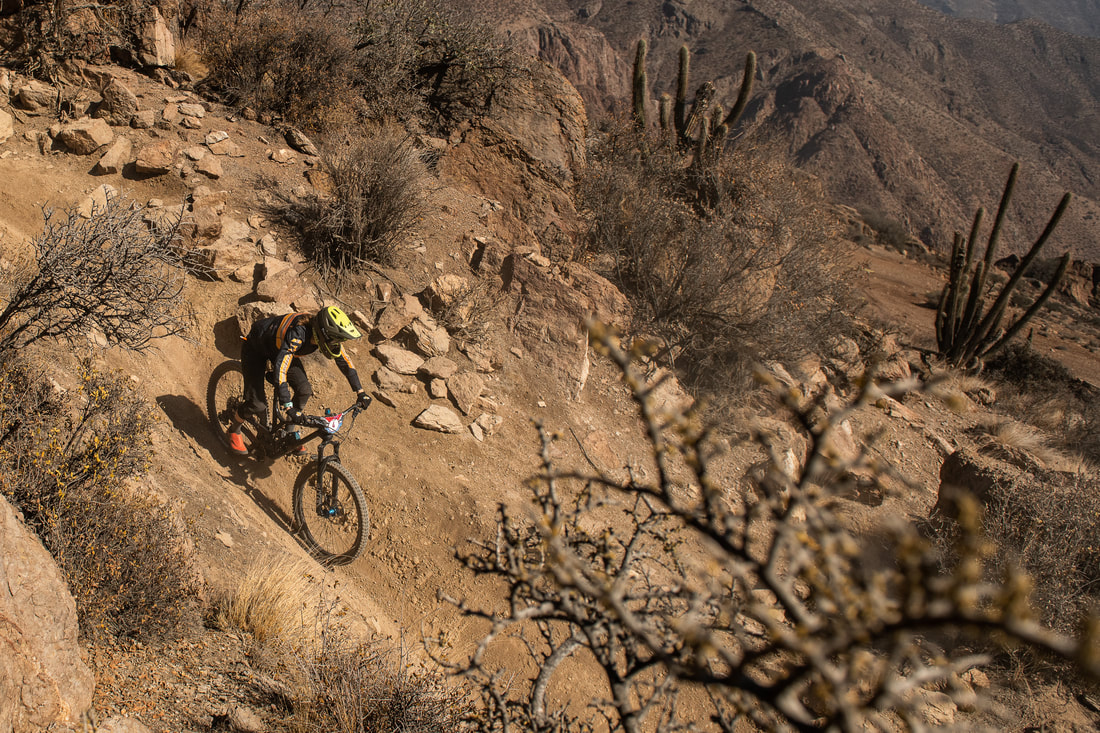
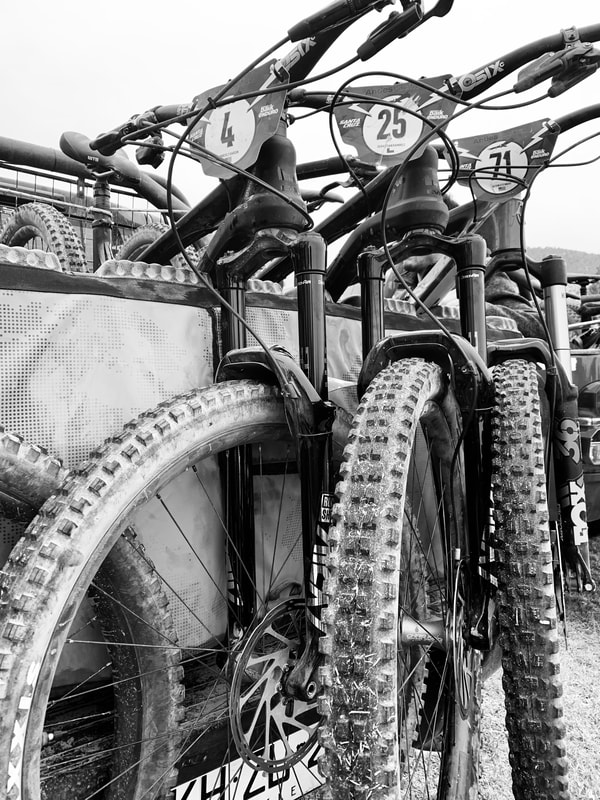
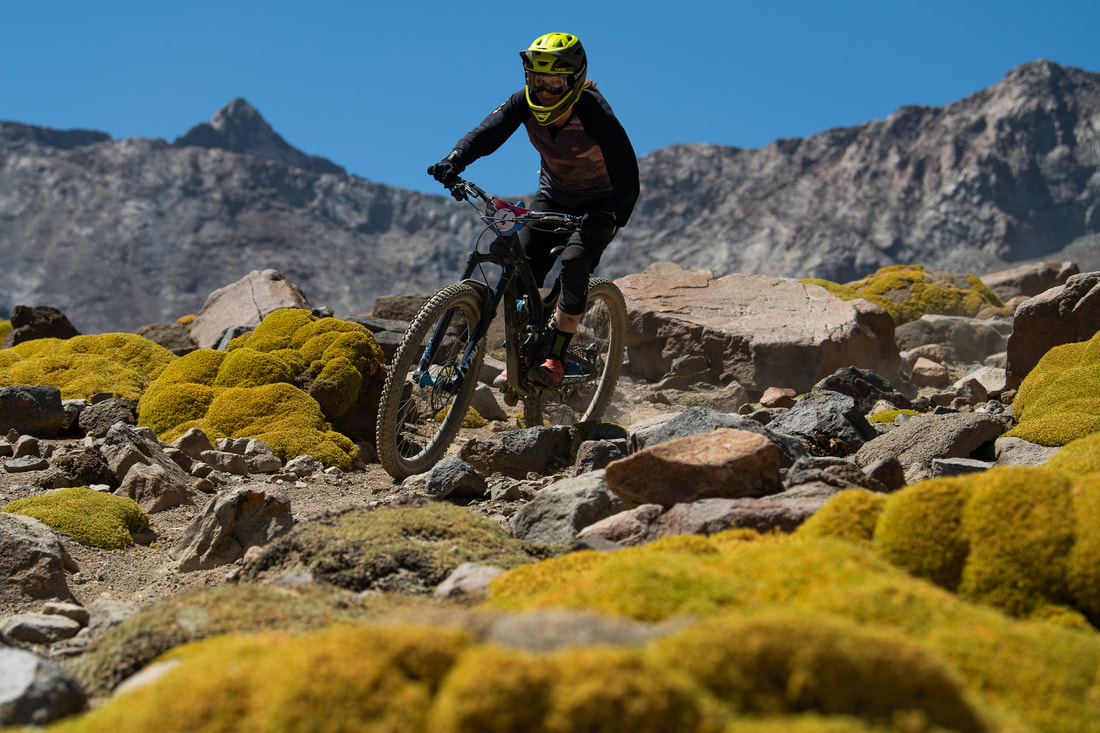
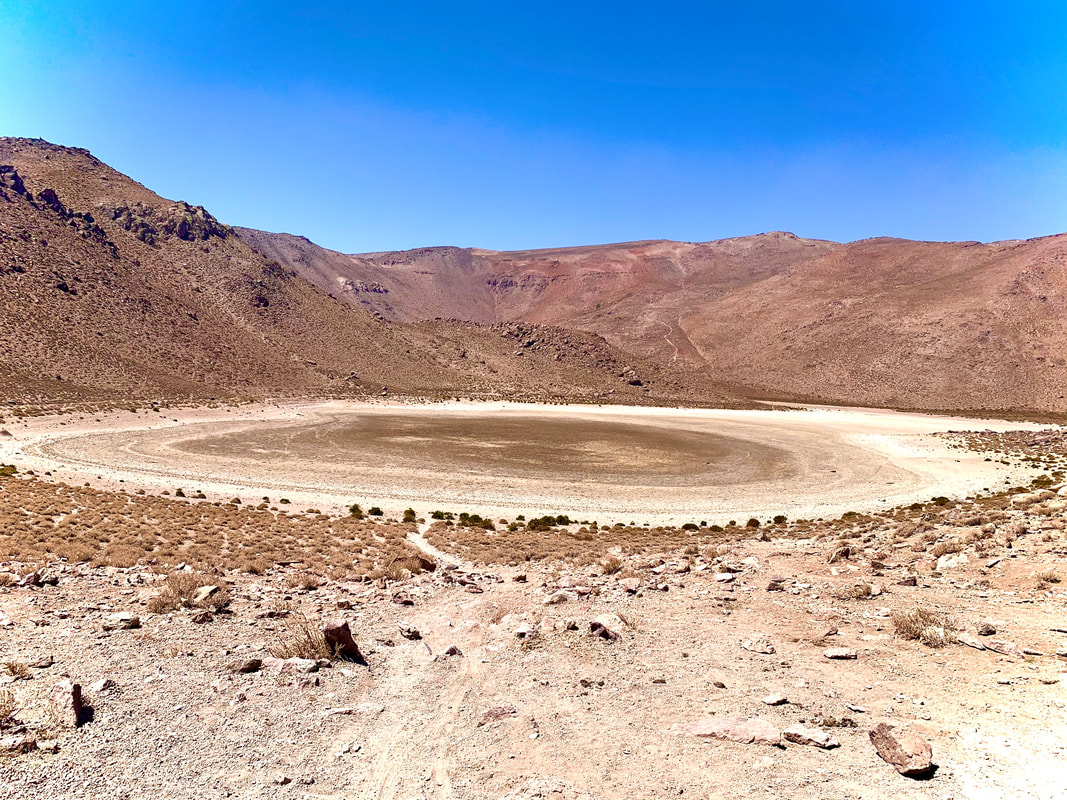
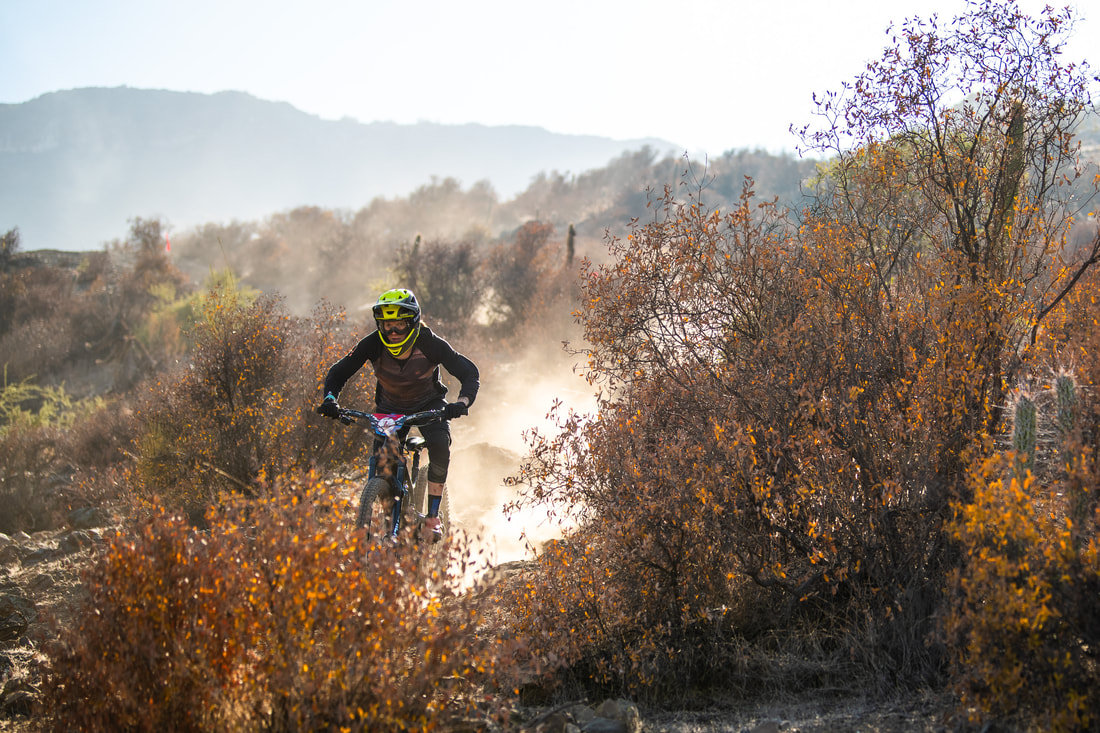
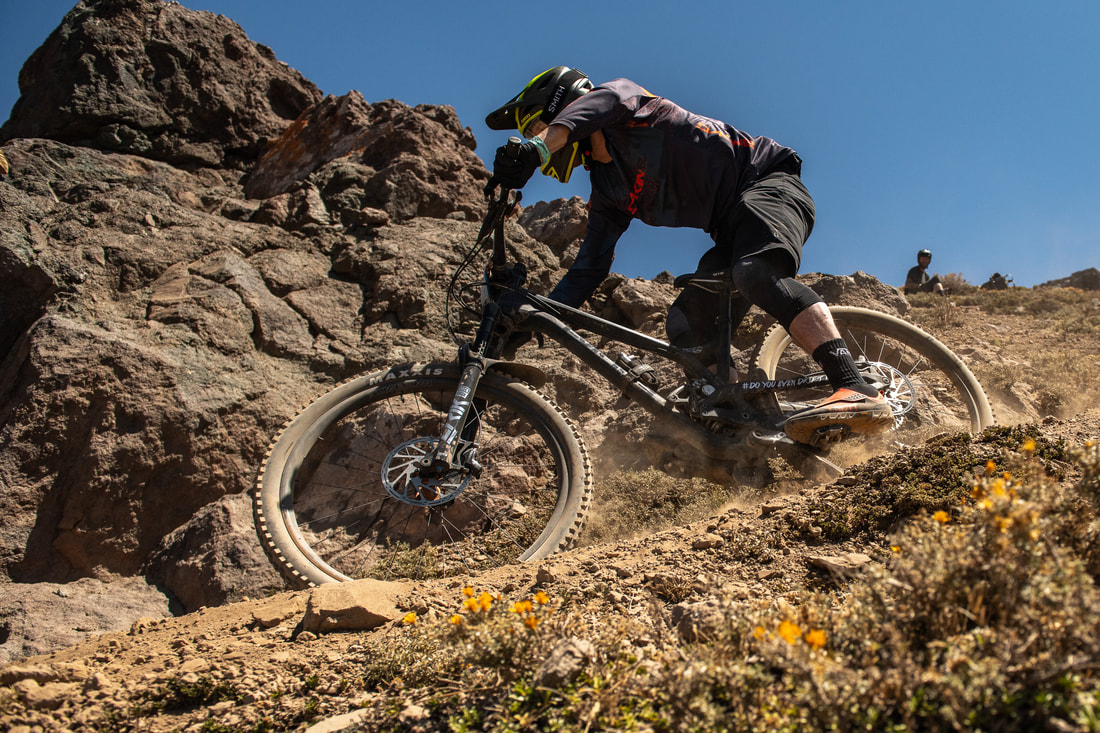
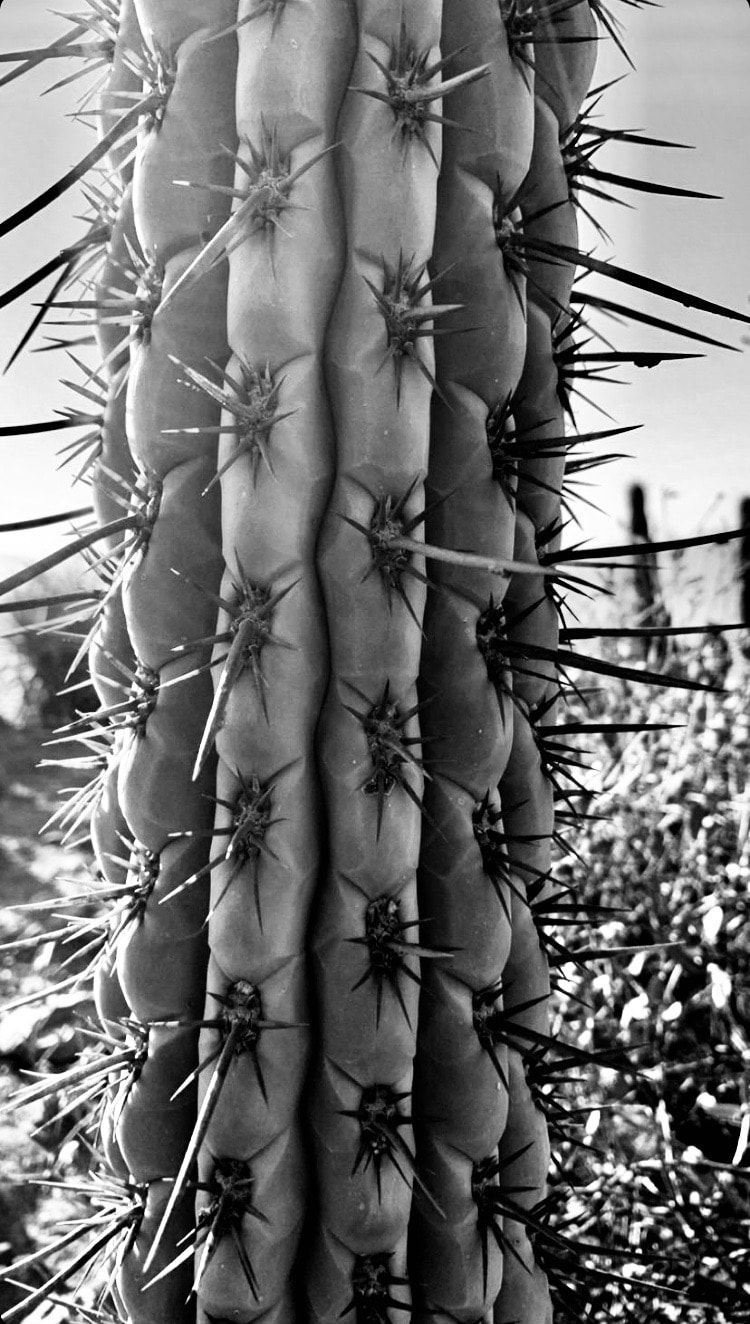
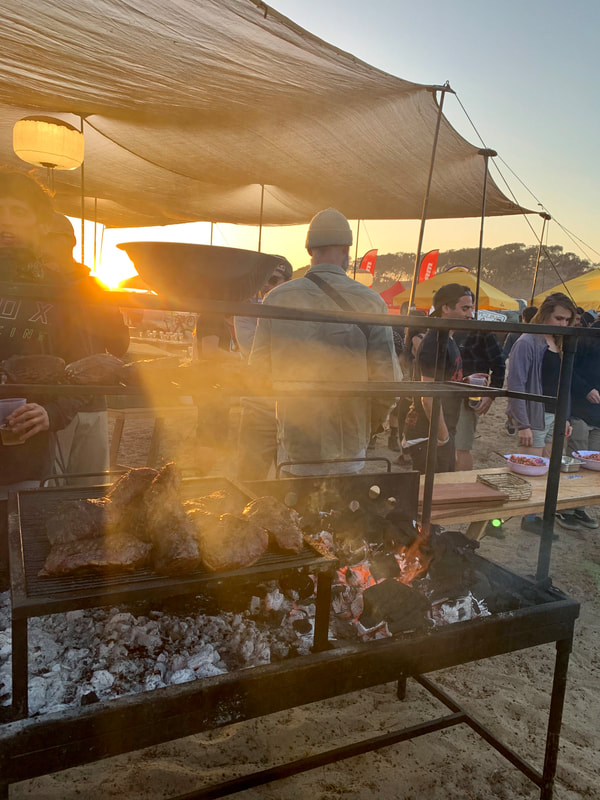
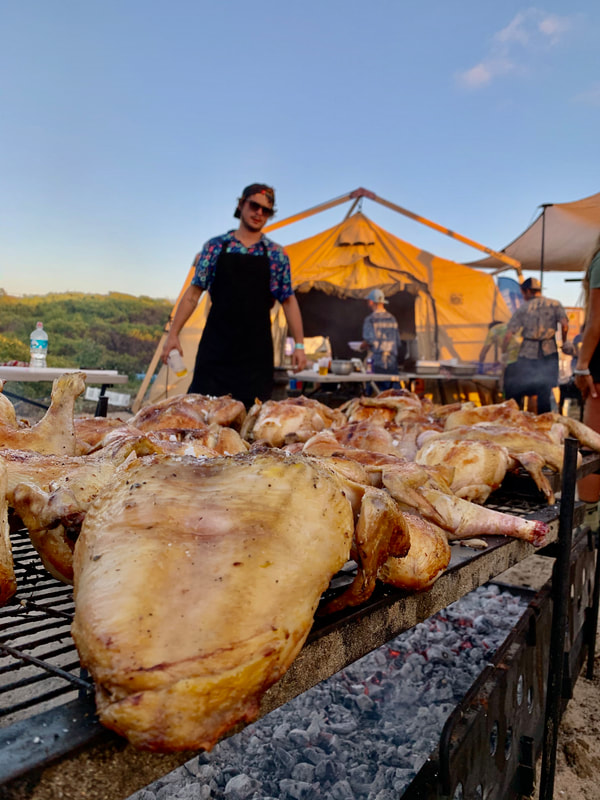
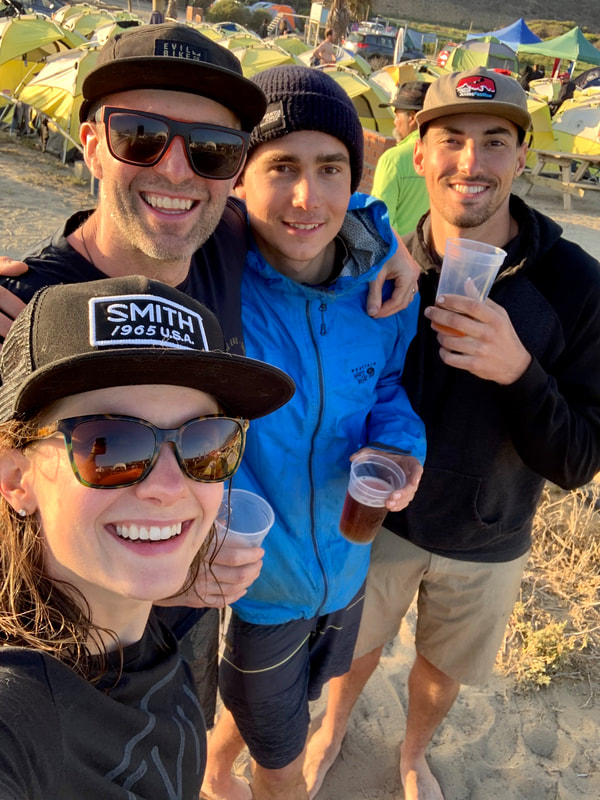
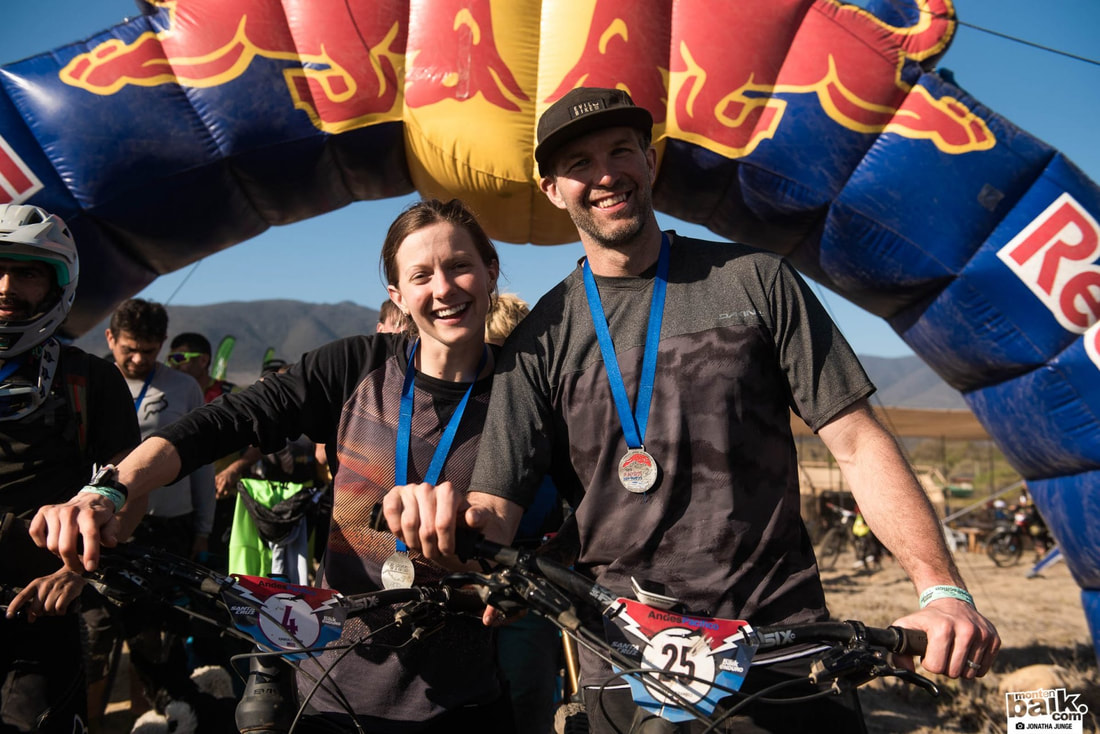
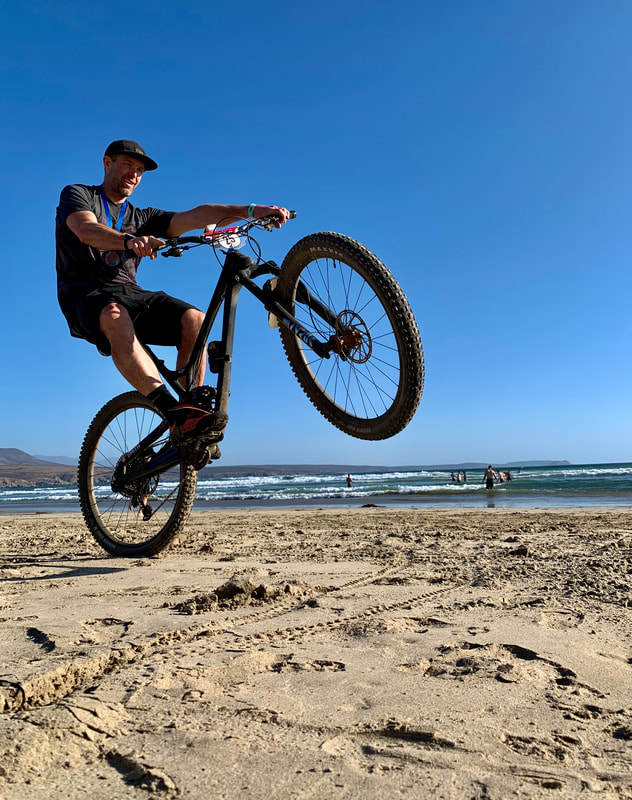
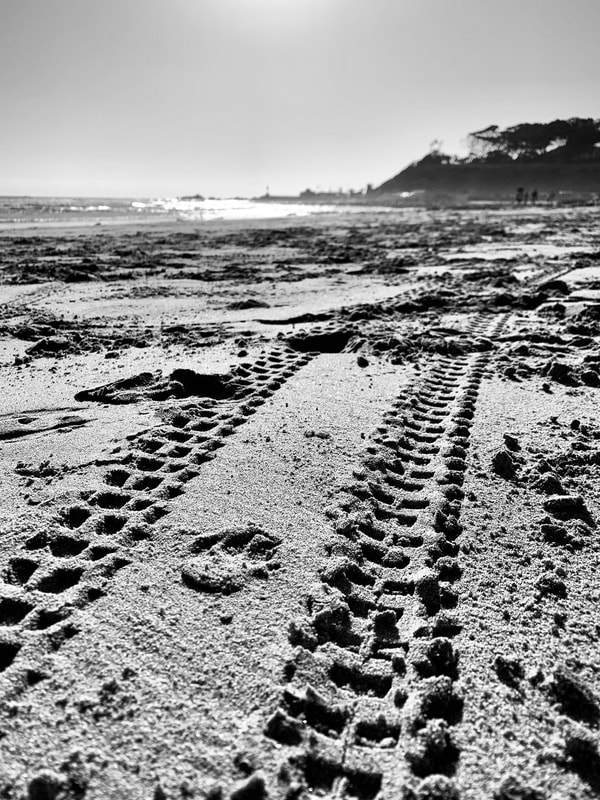
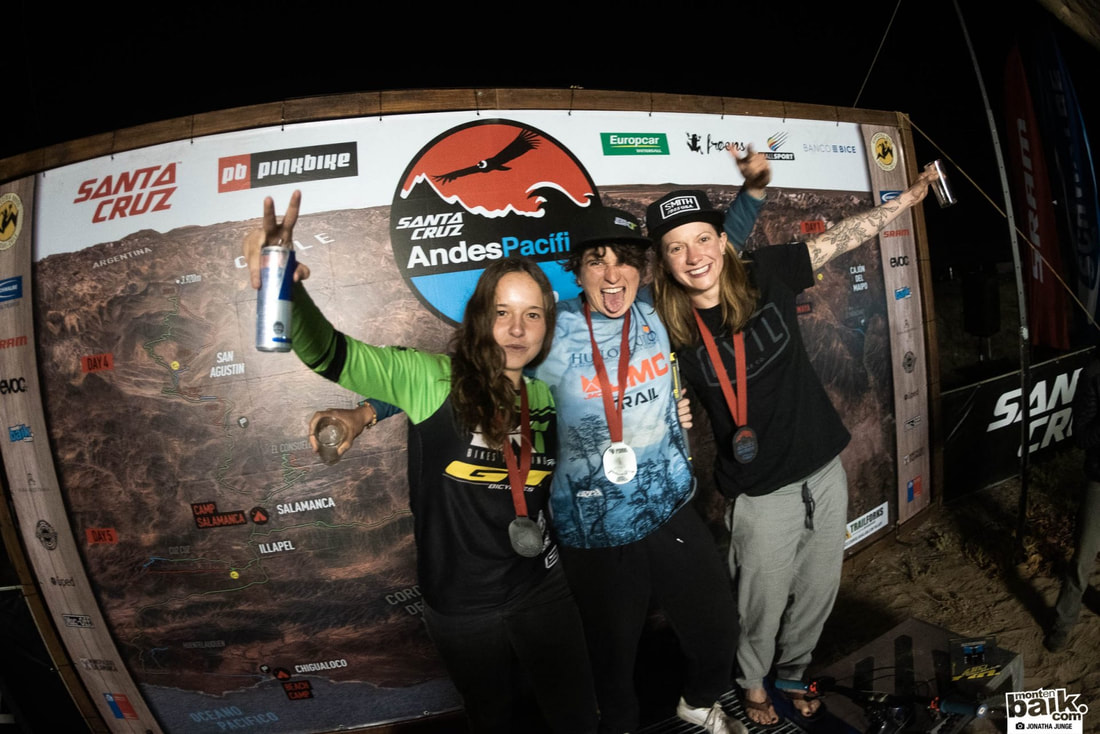
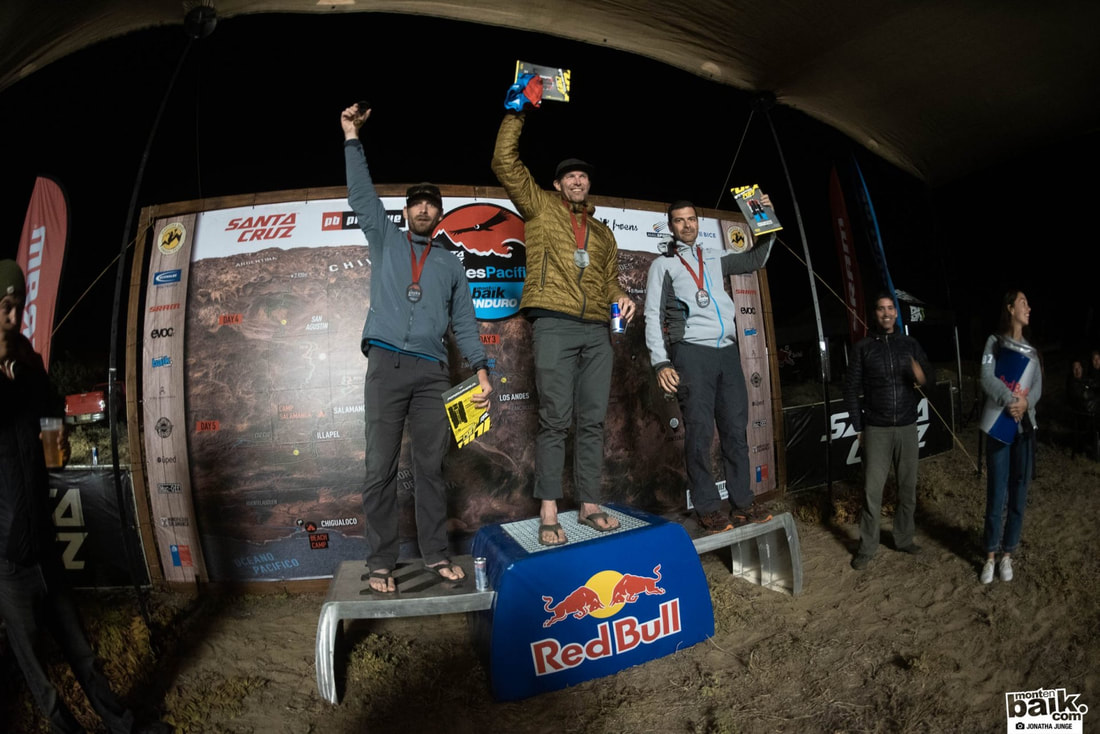
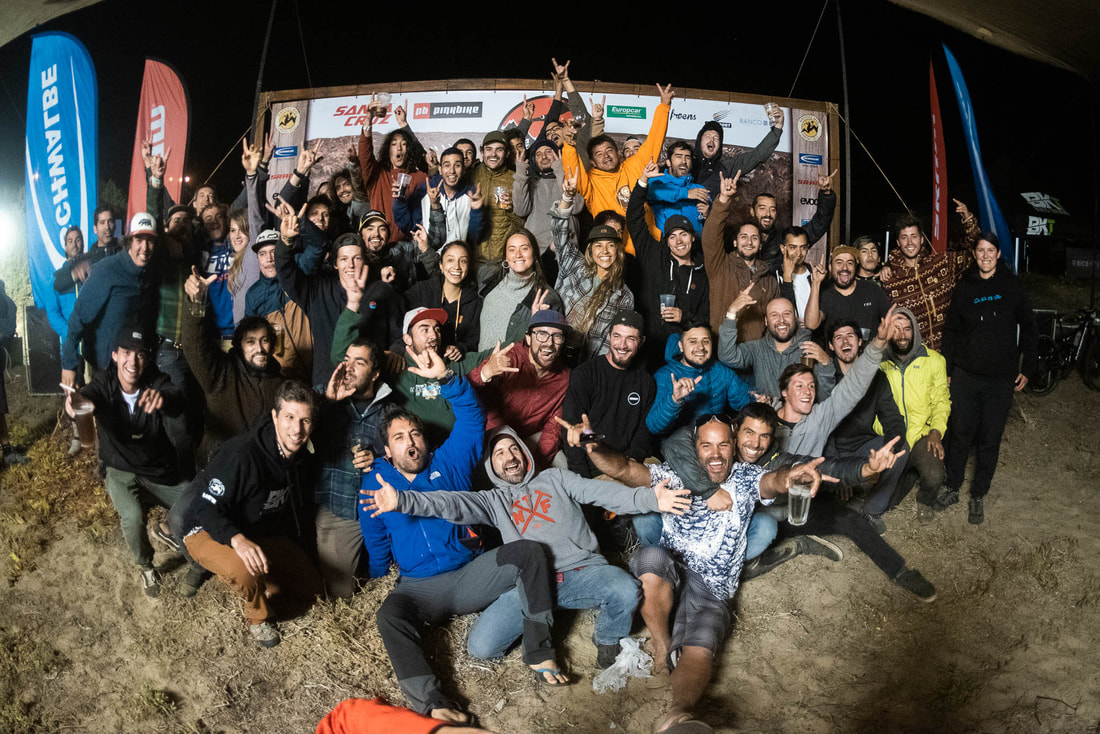
 RSS Feed
RSS Feed